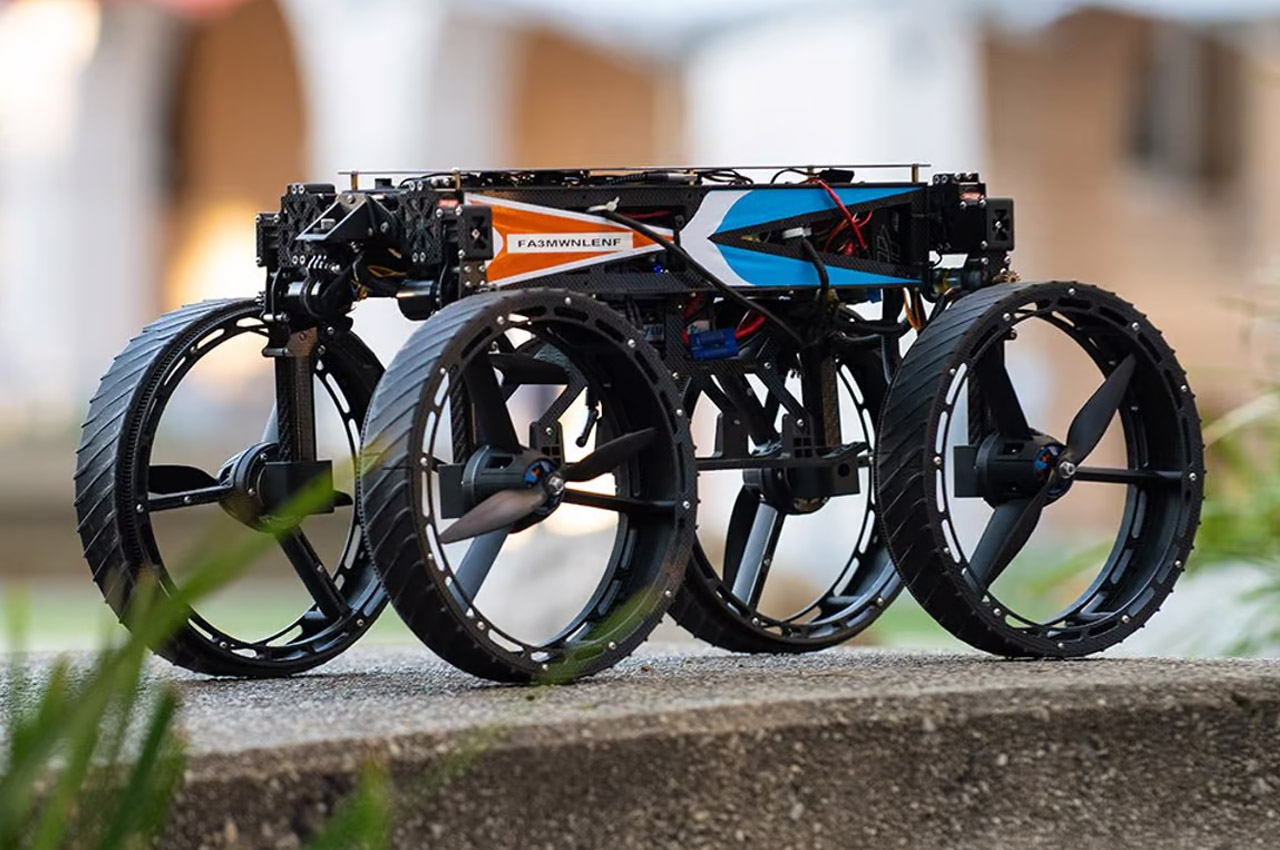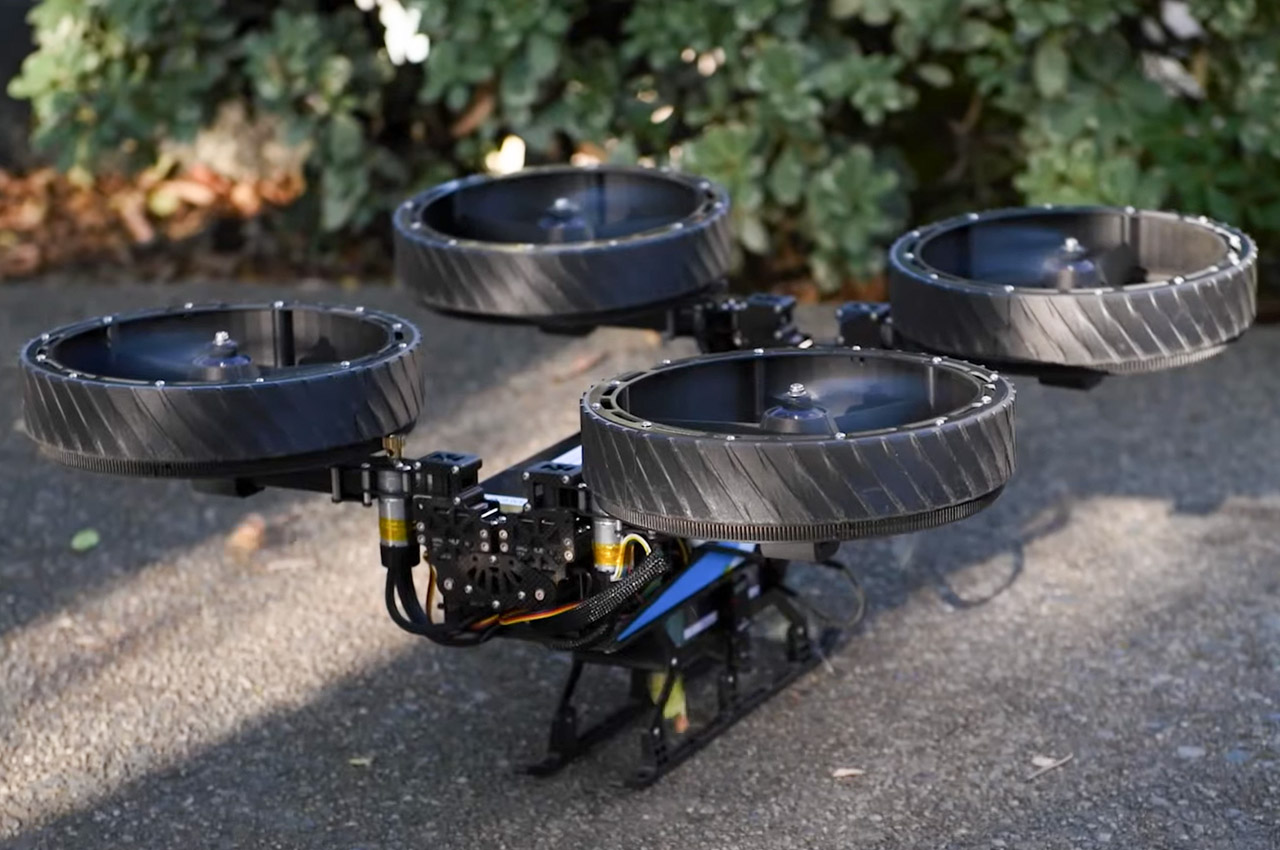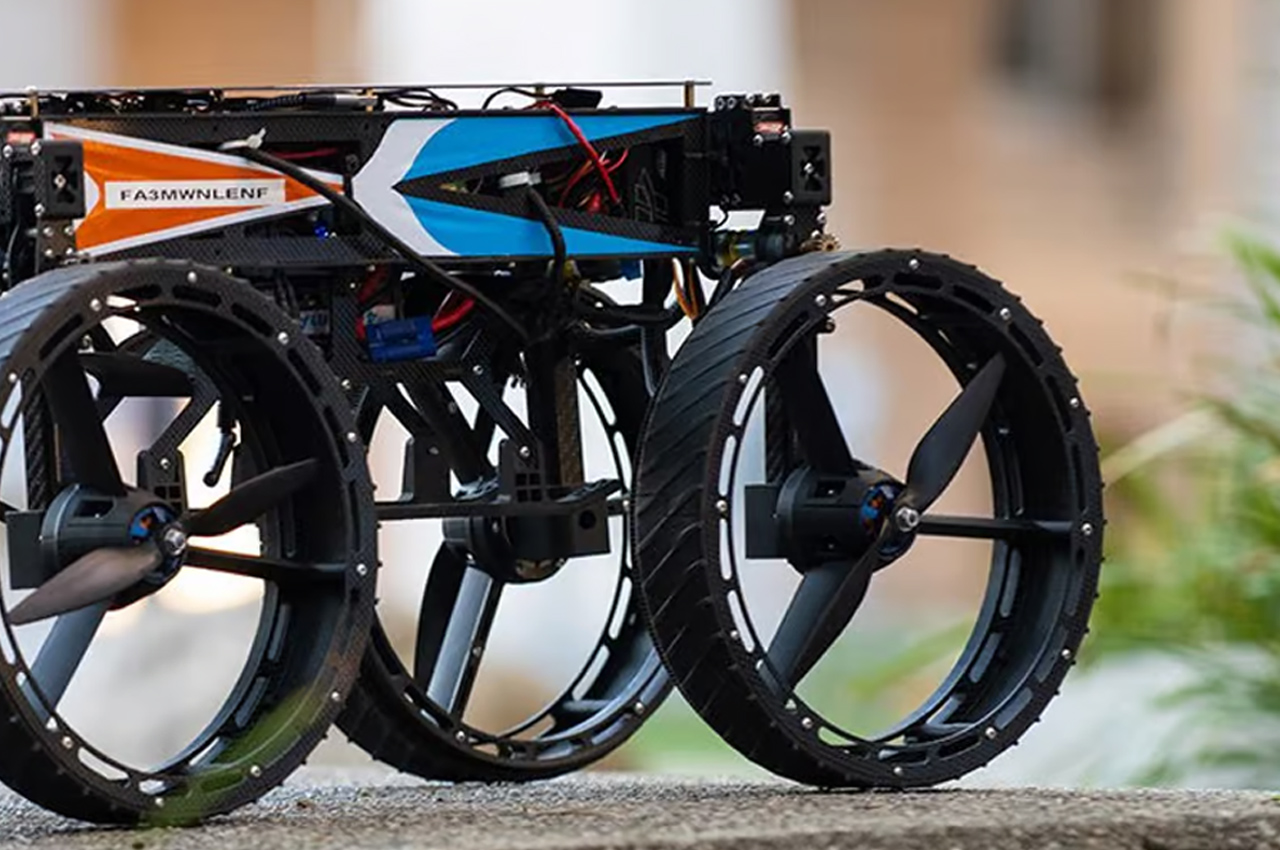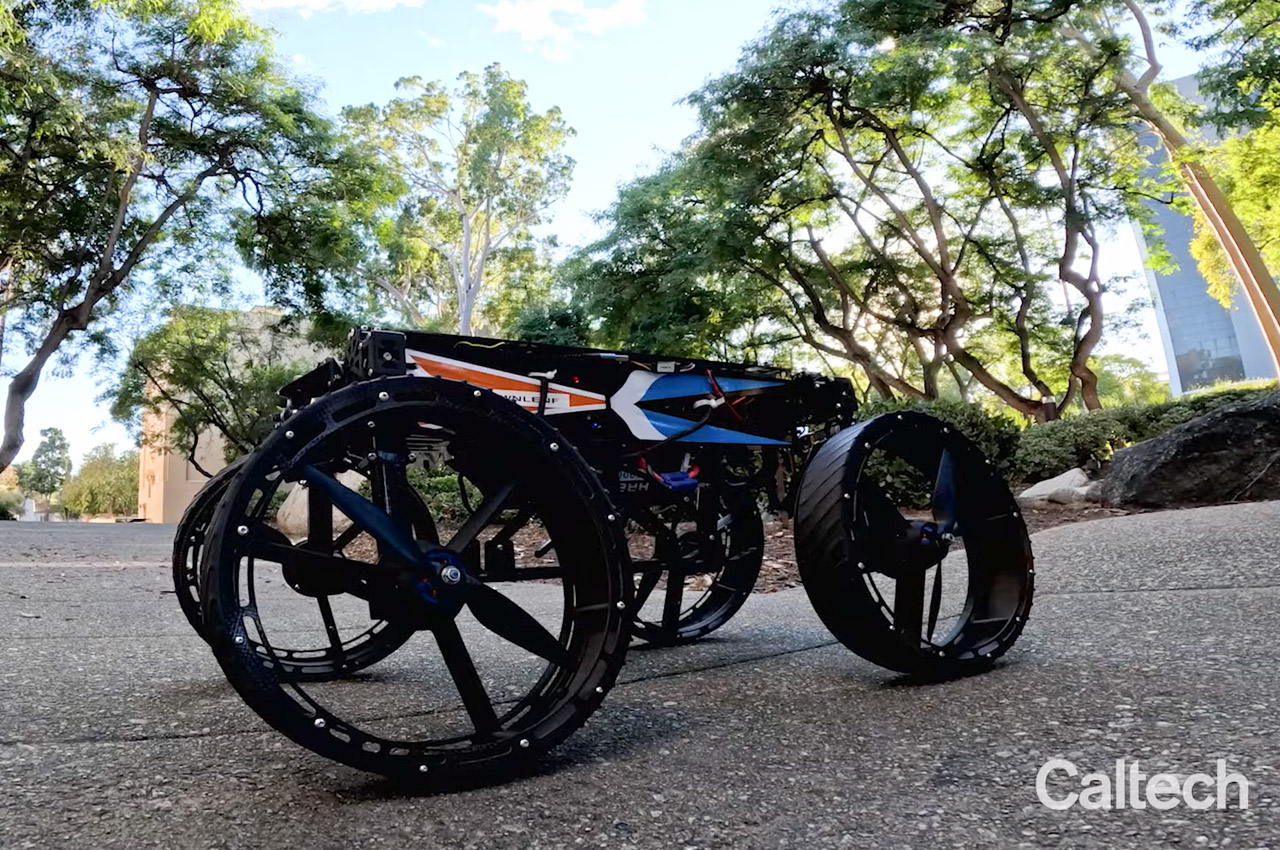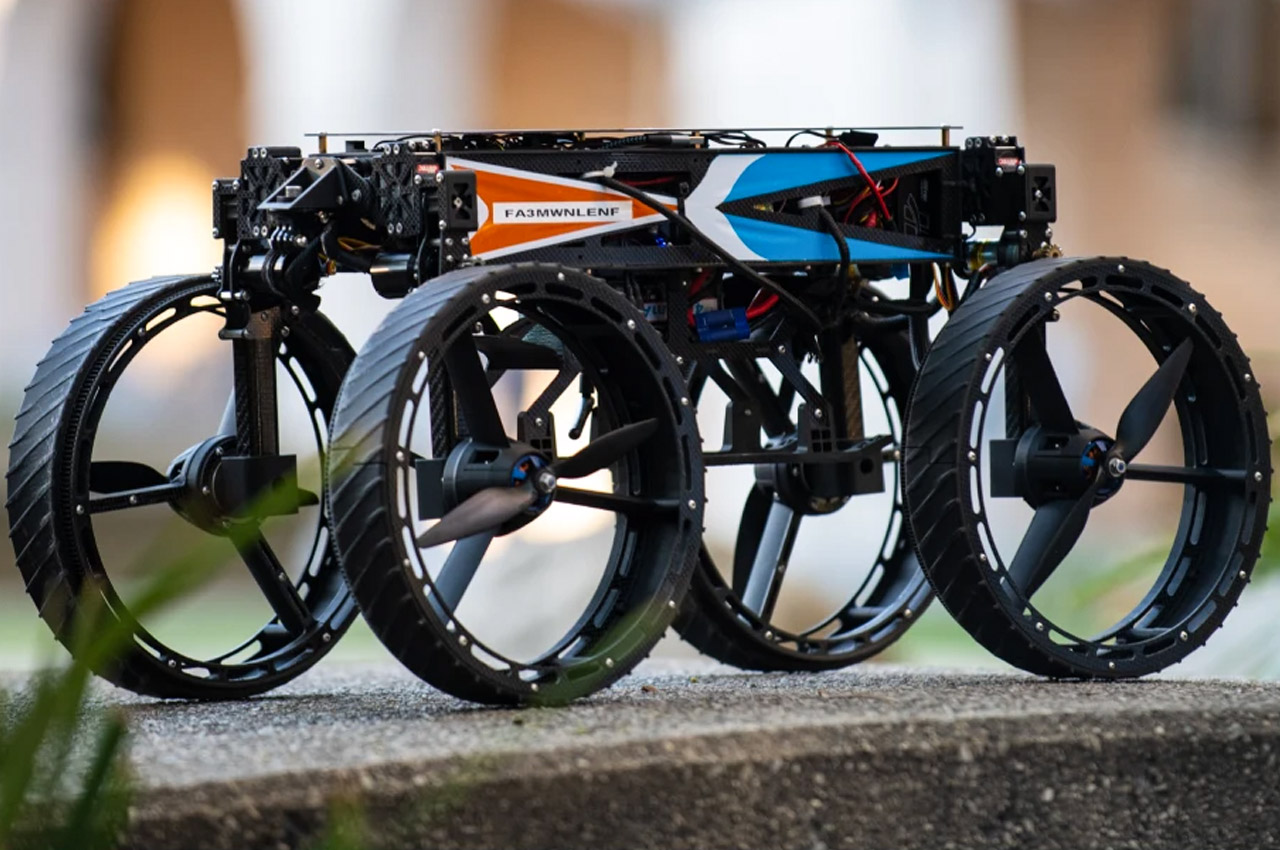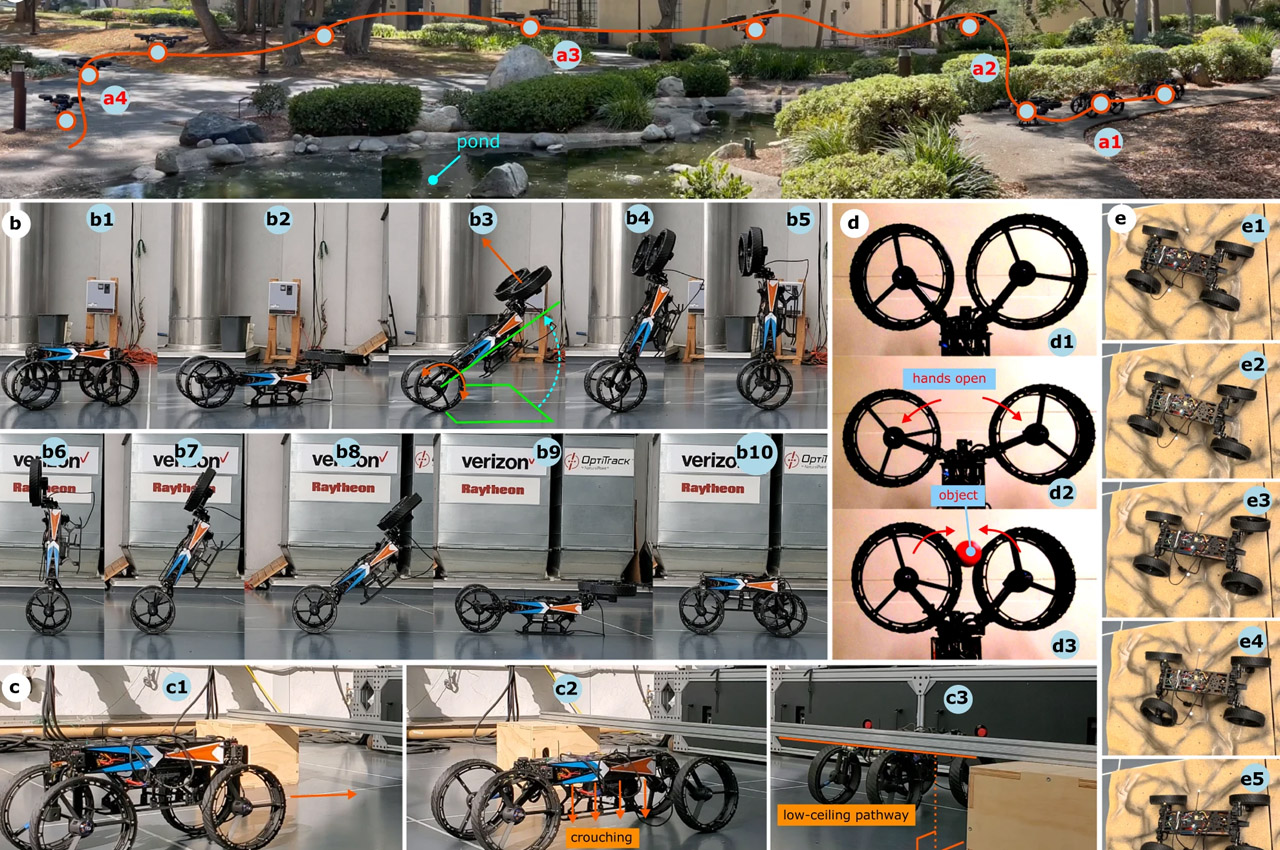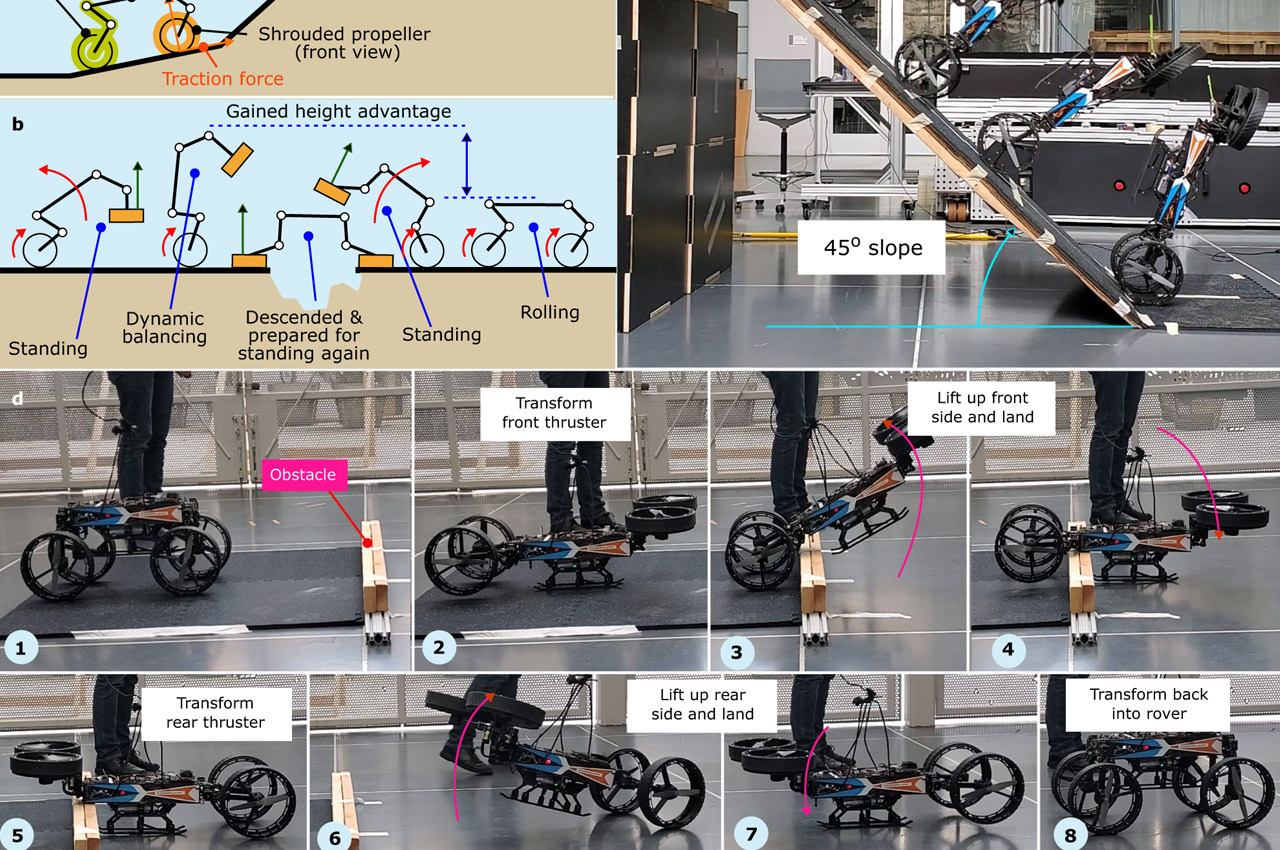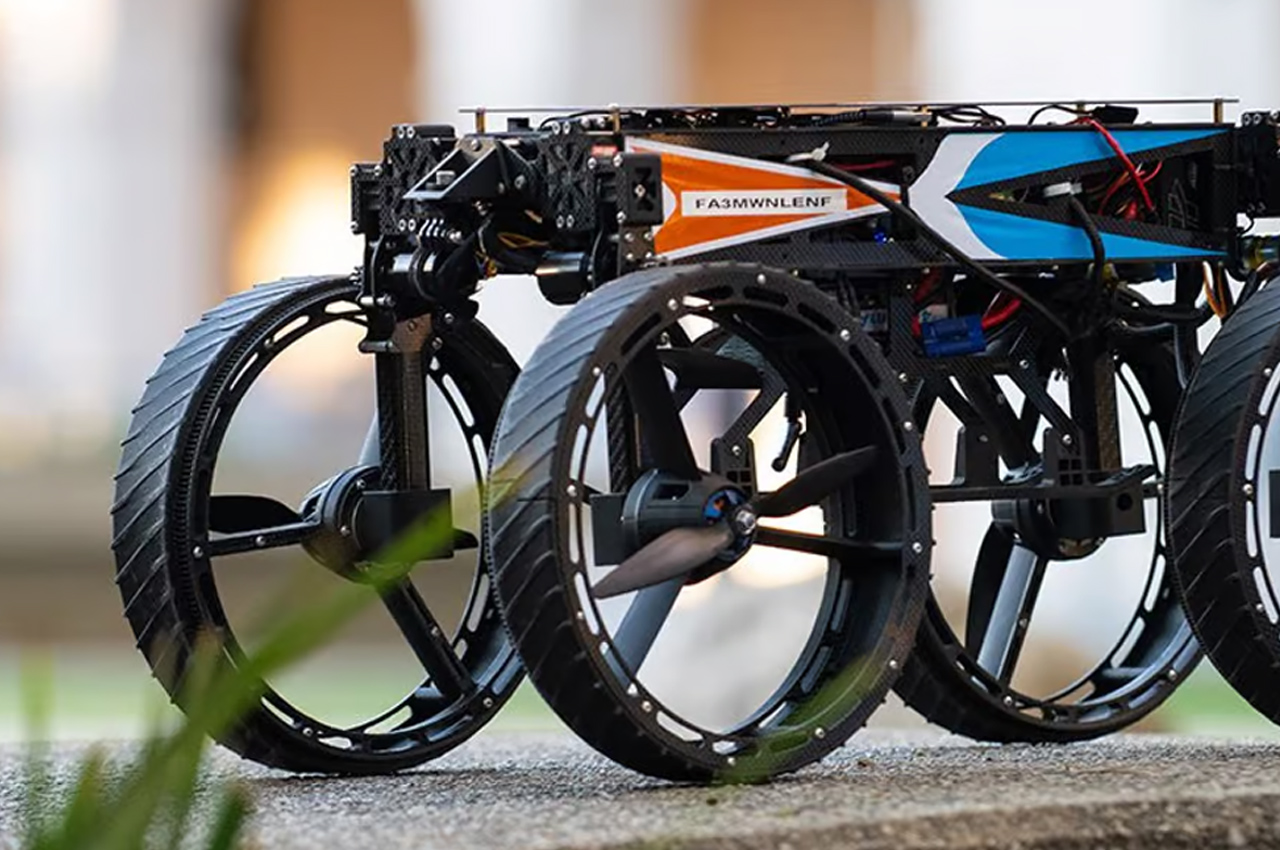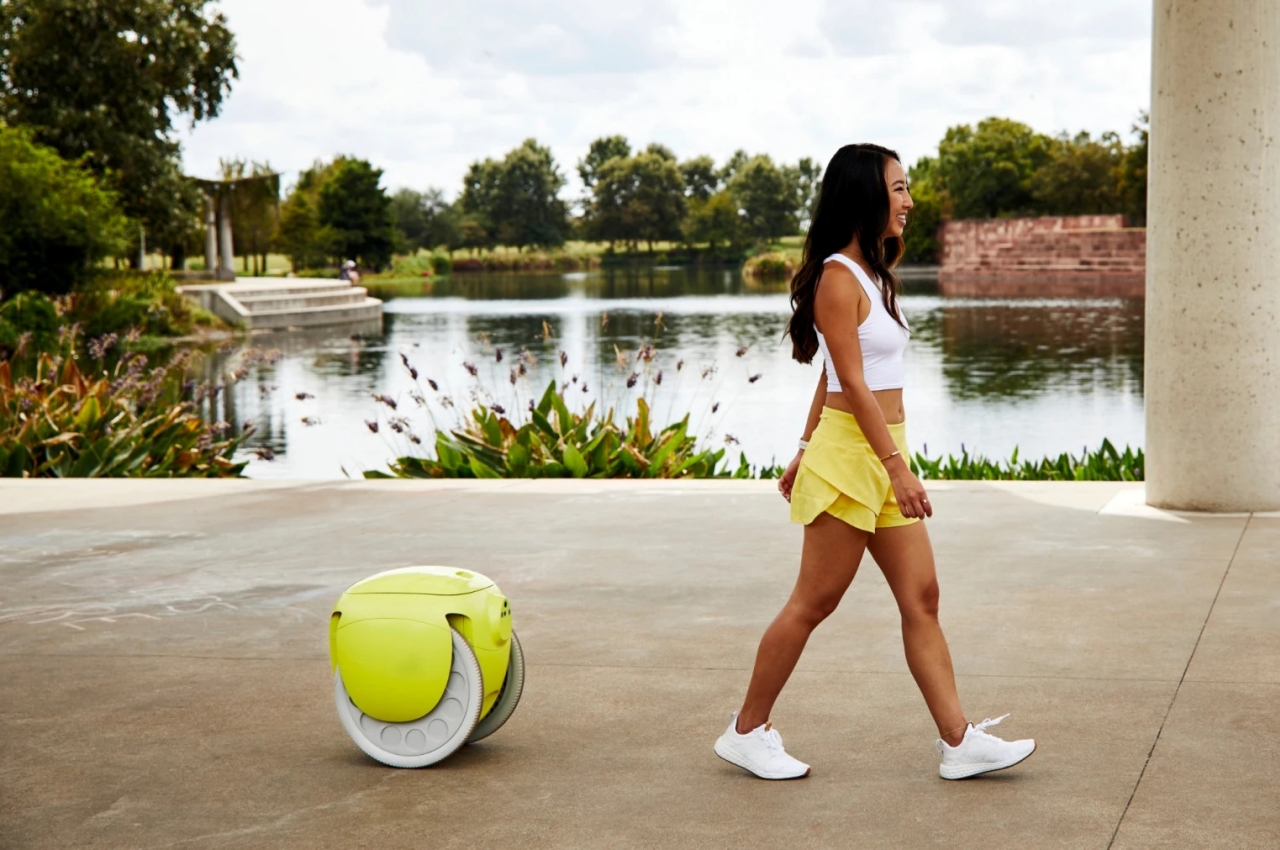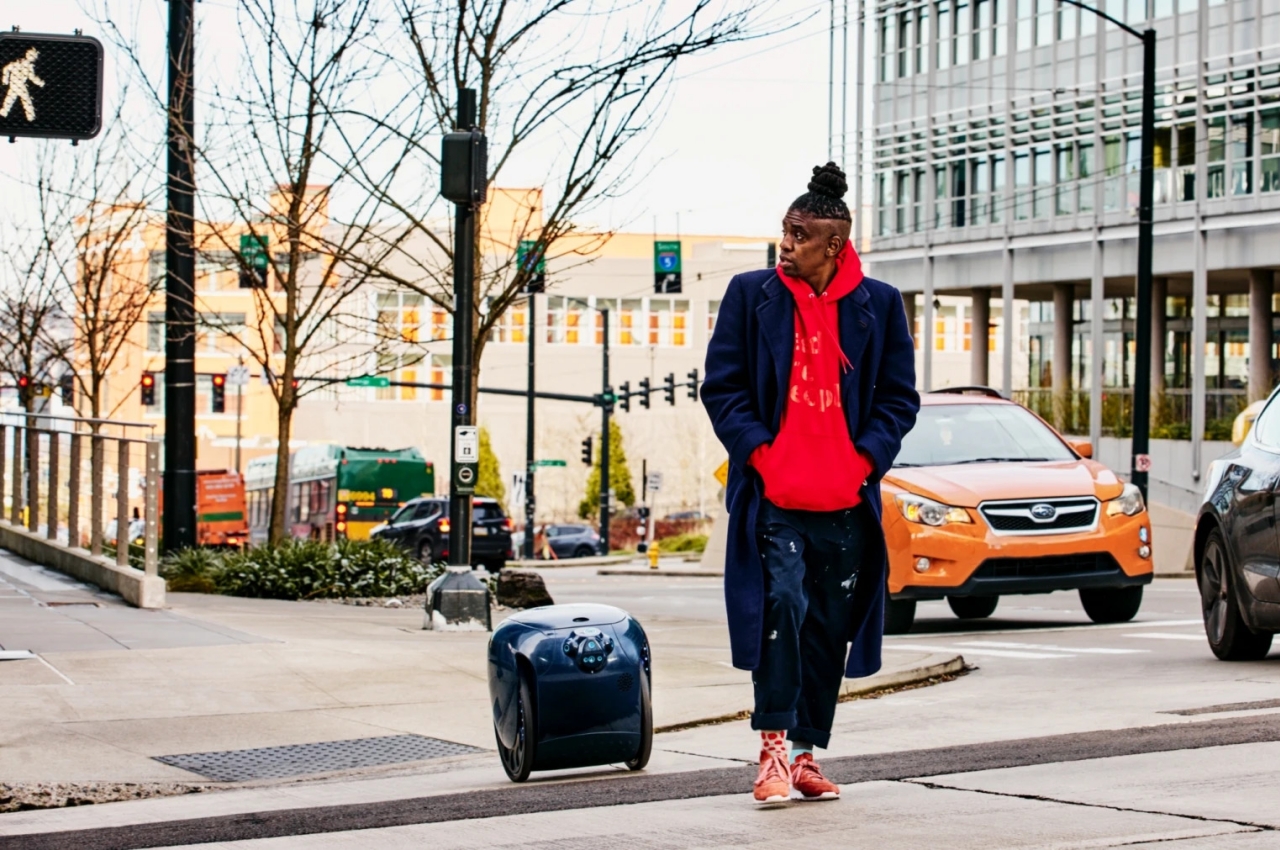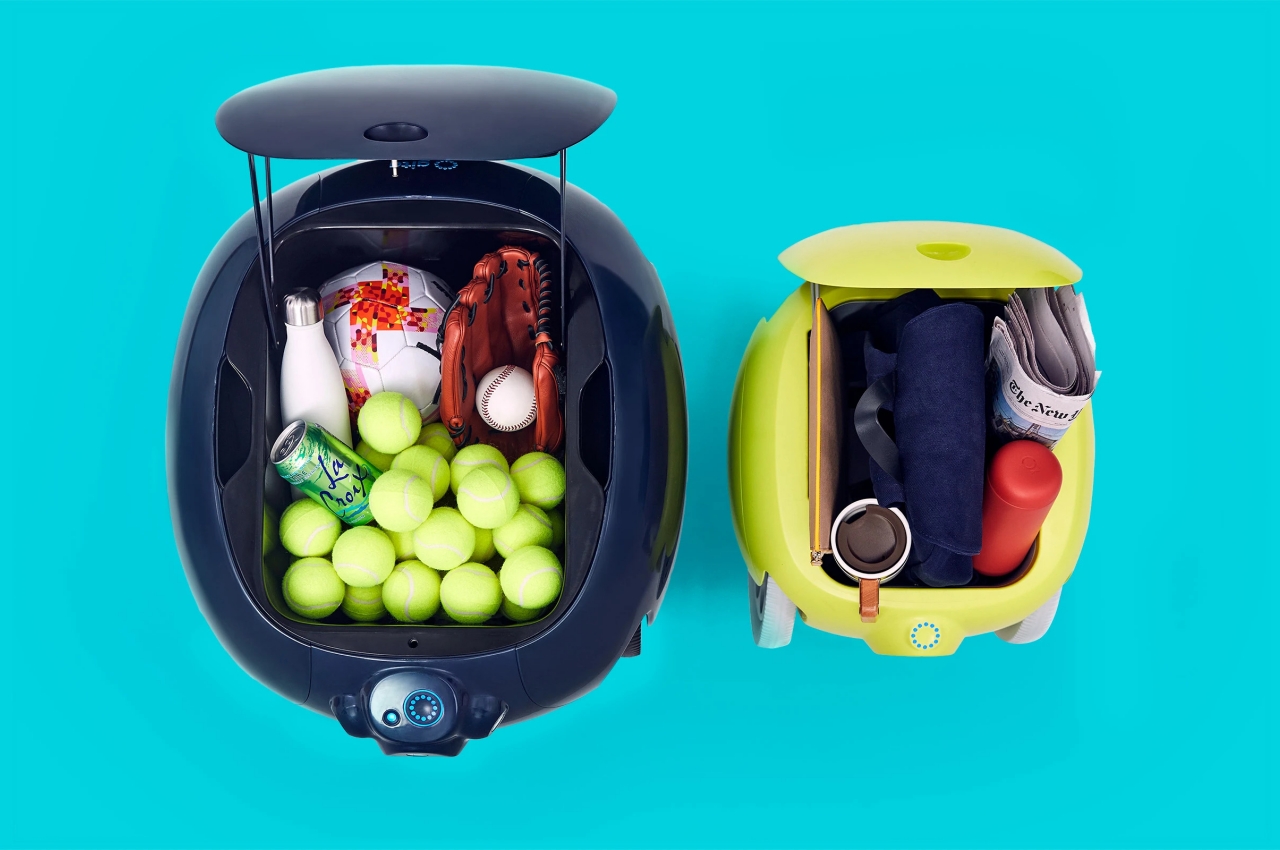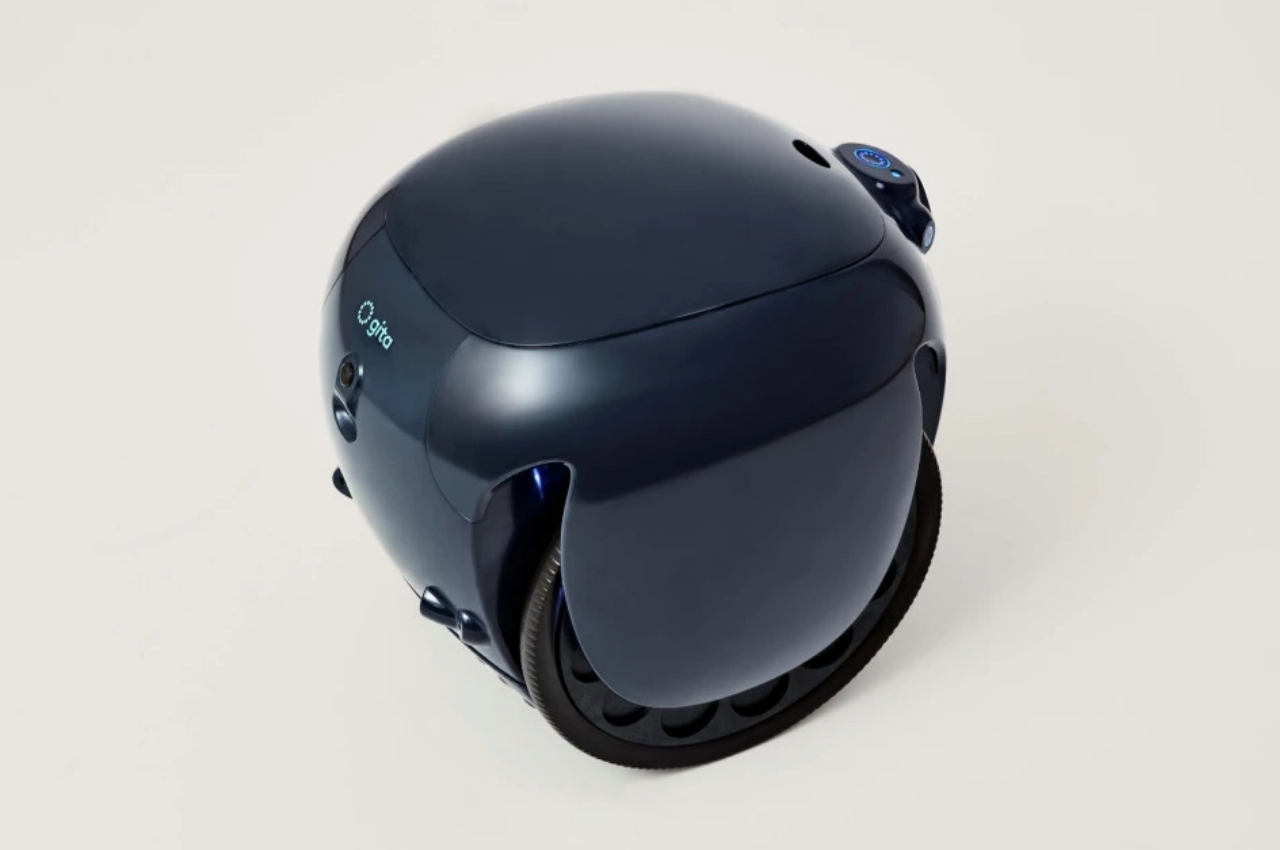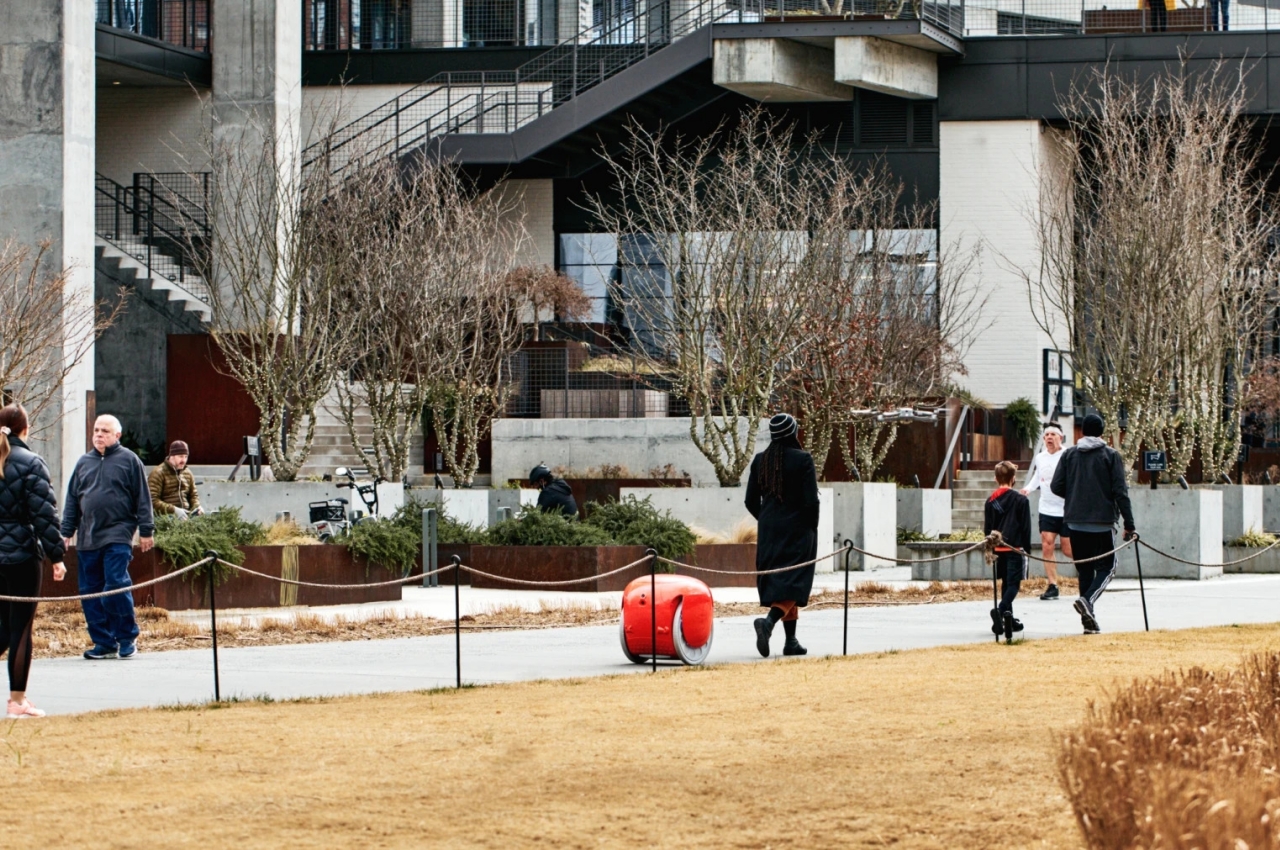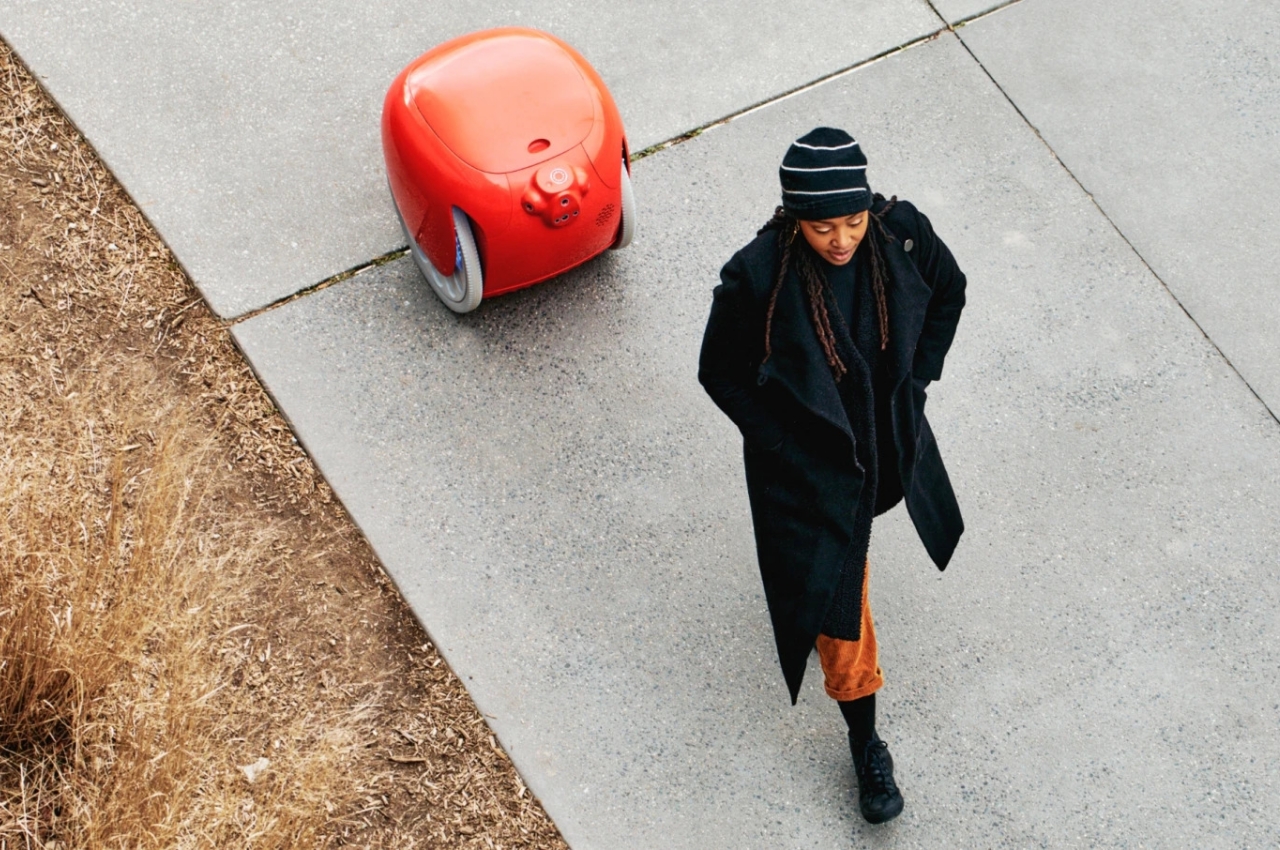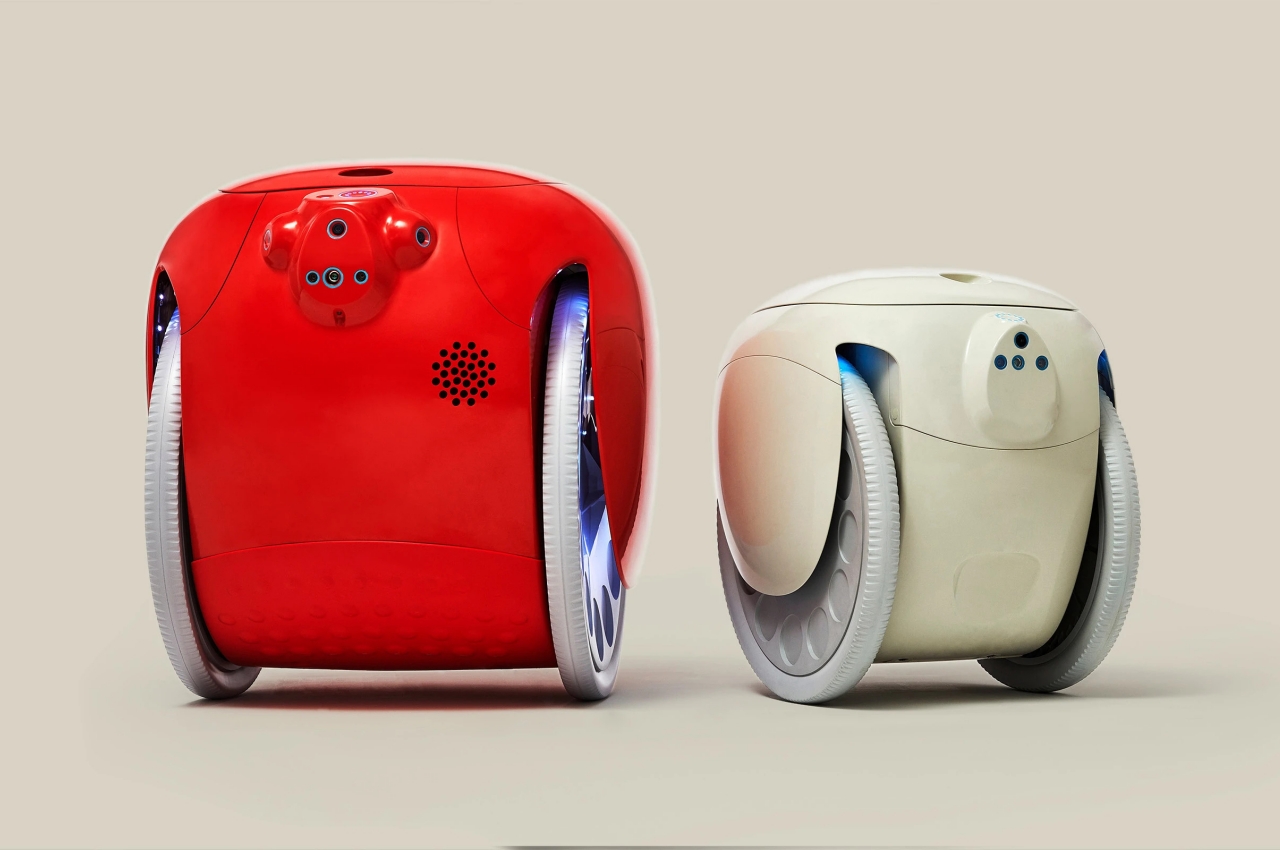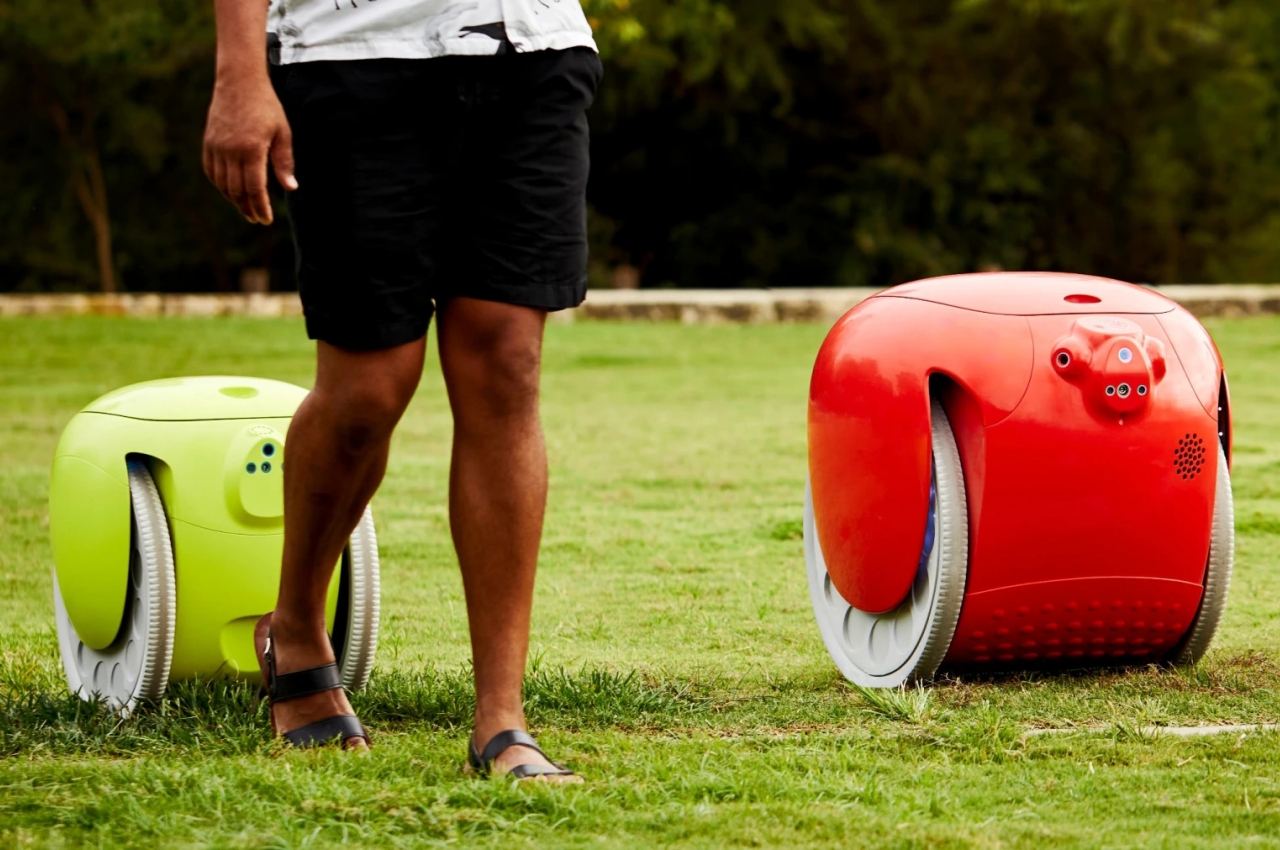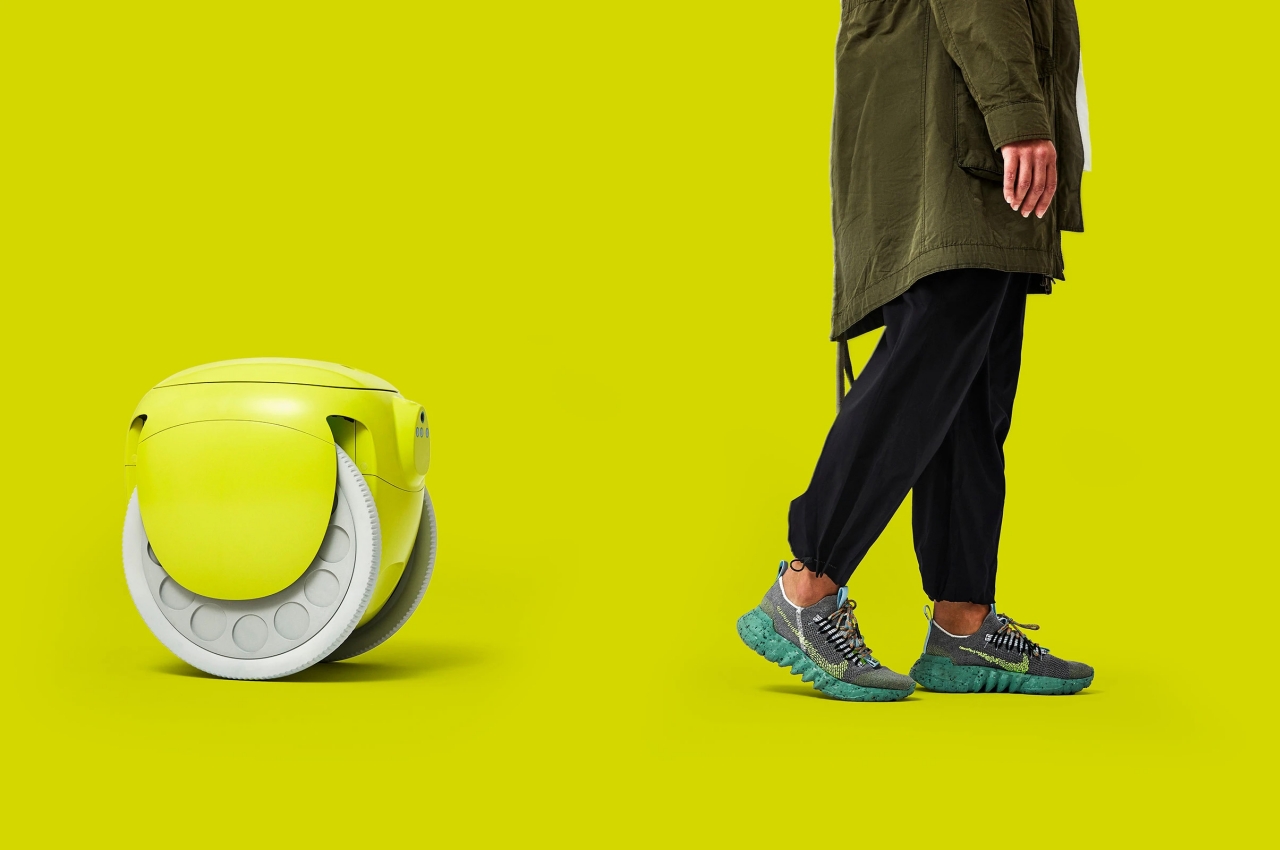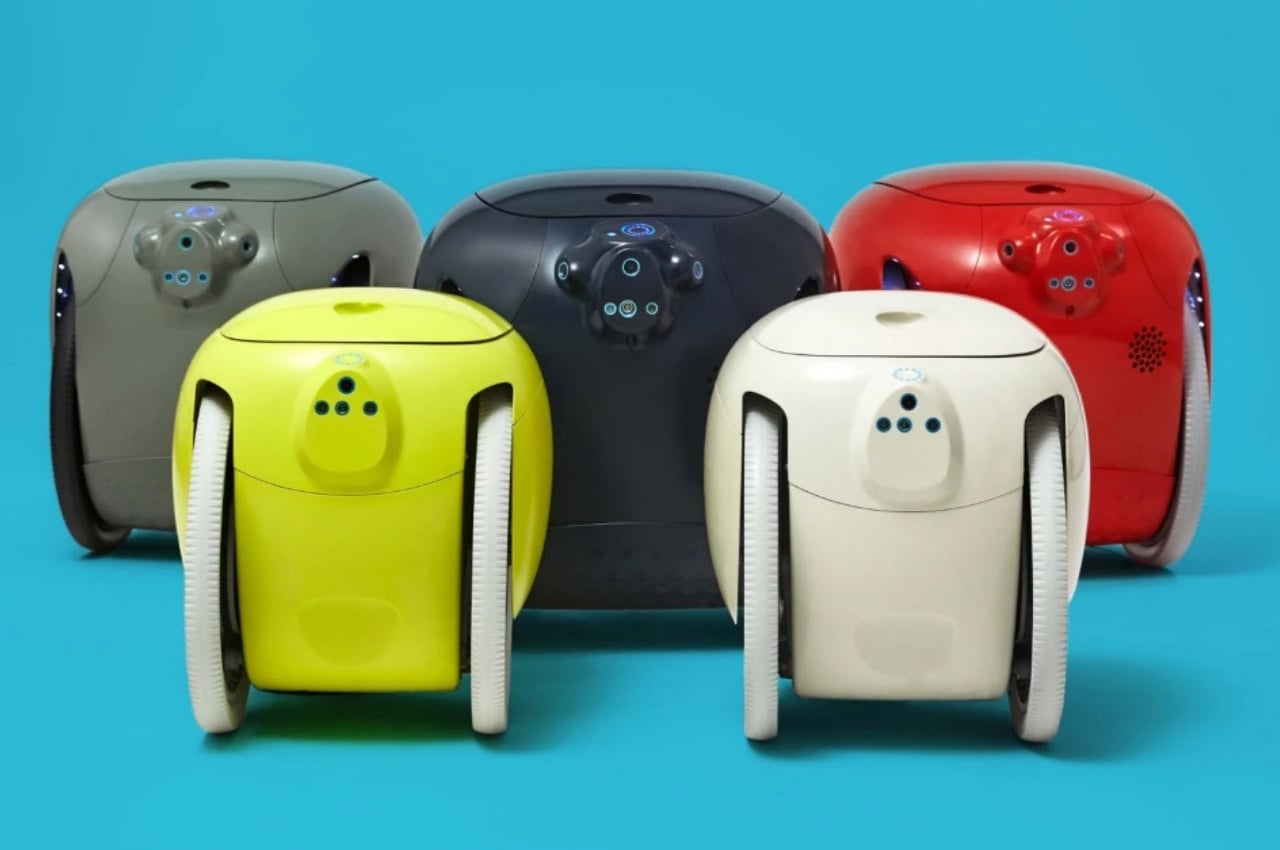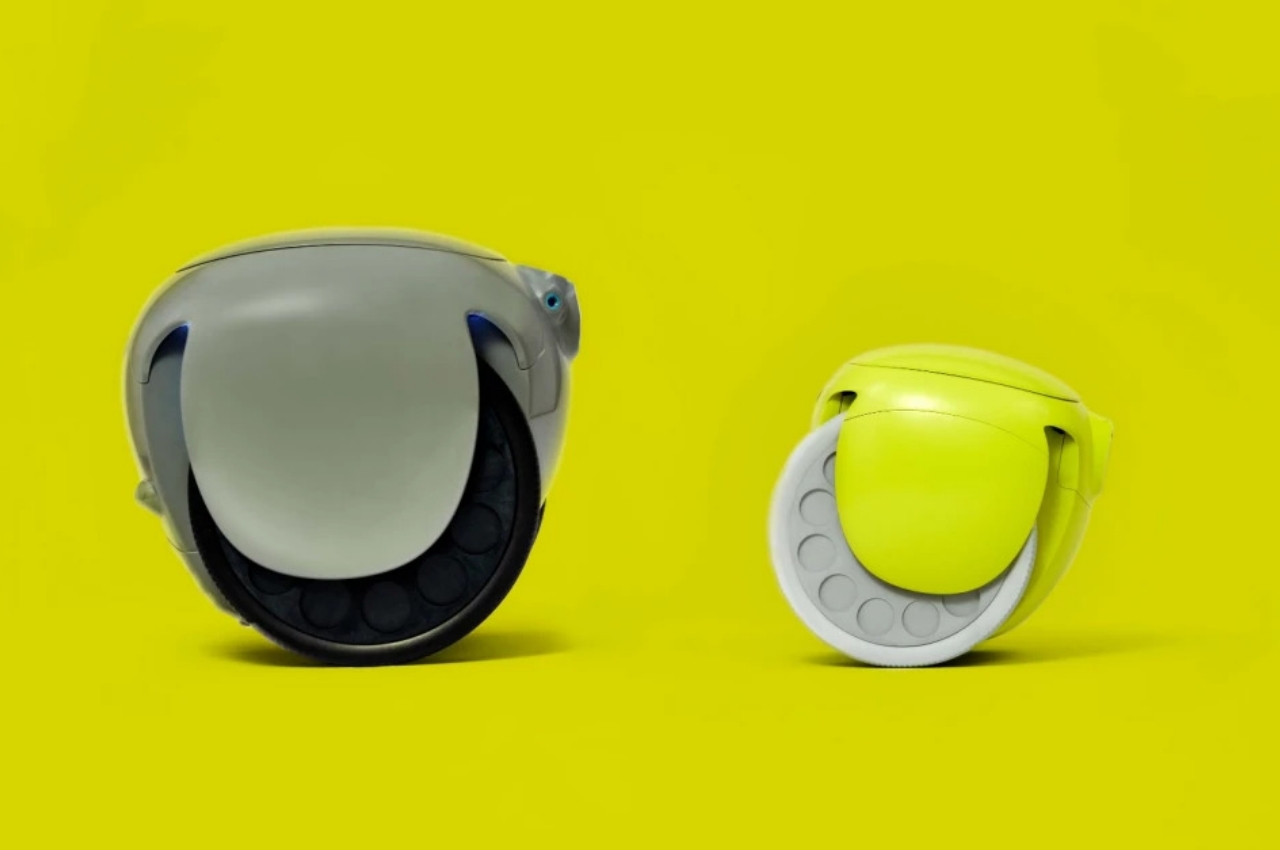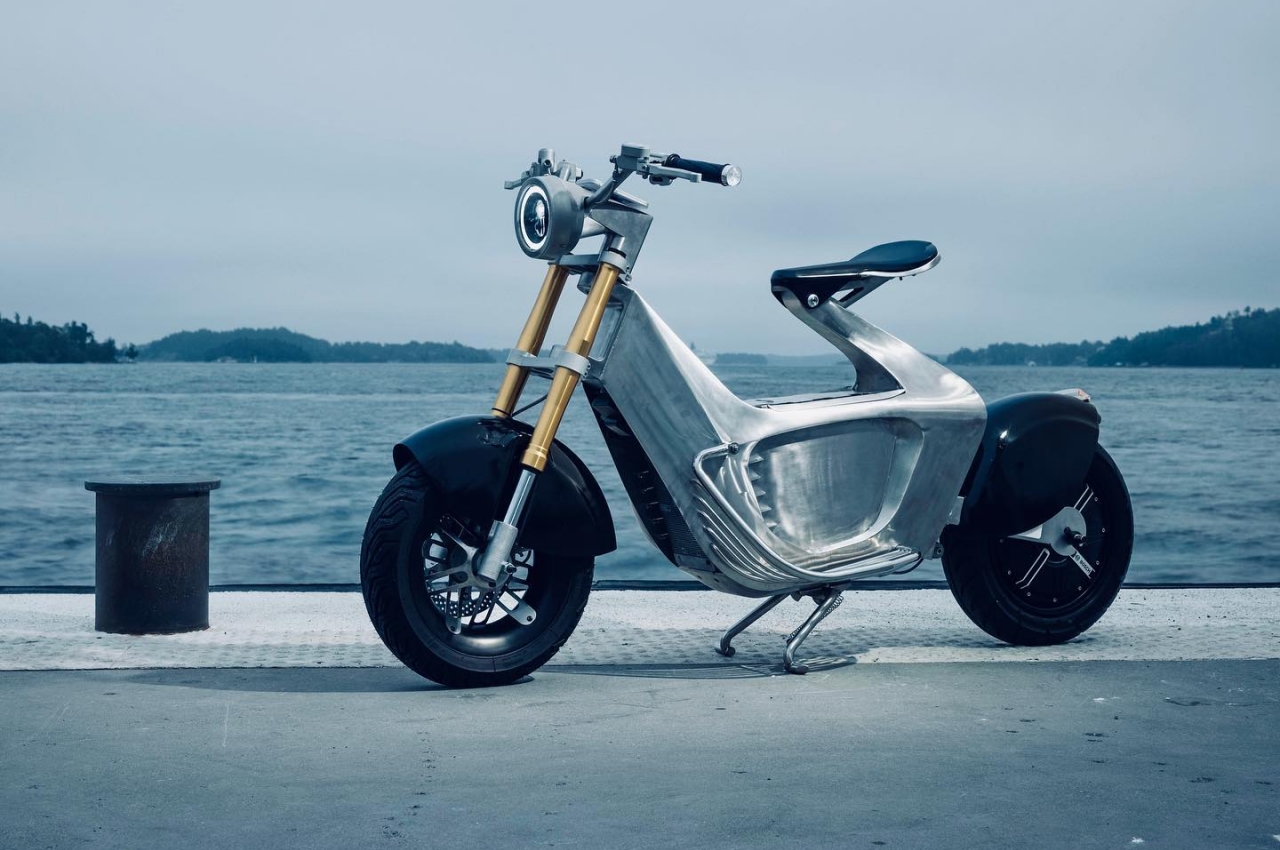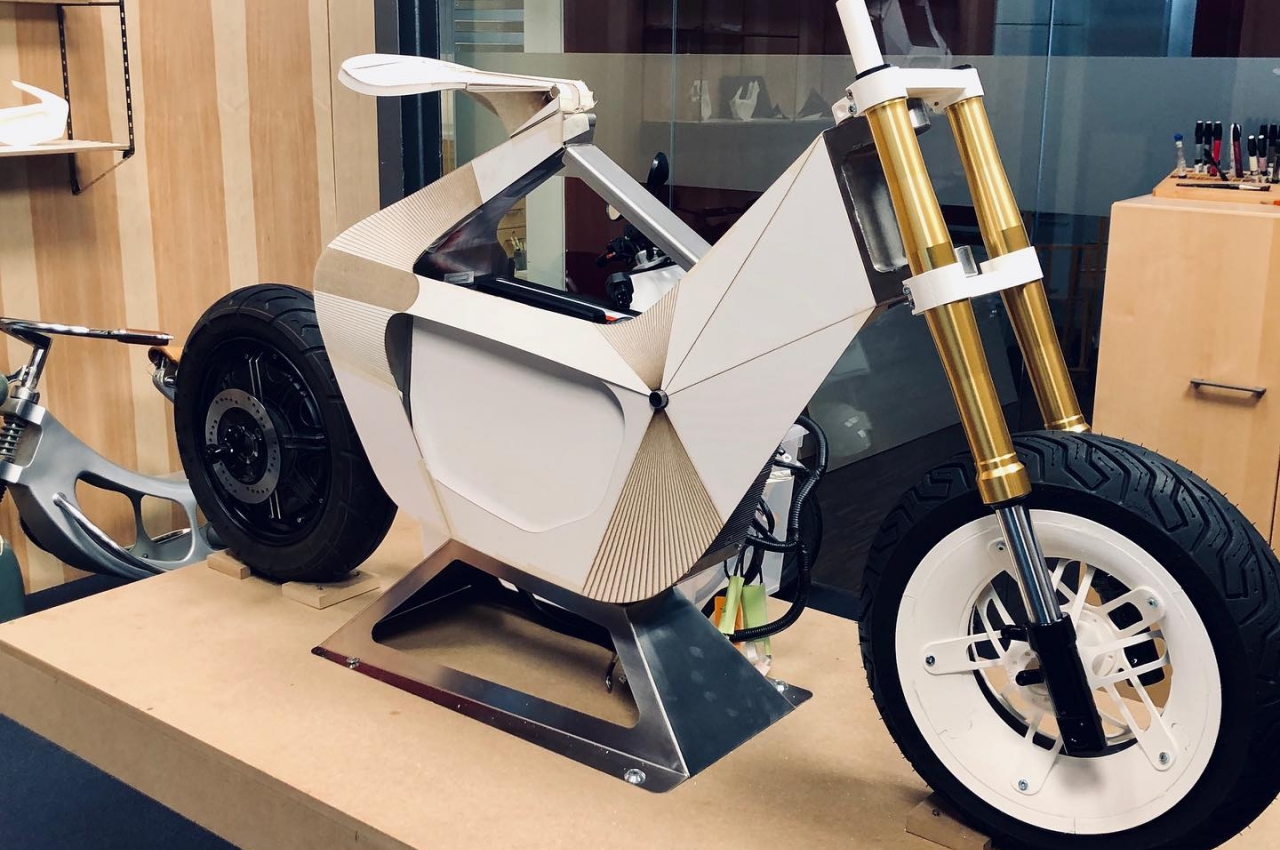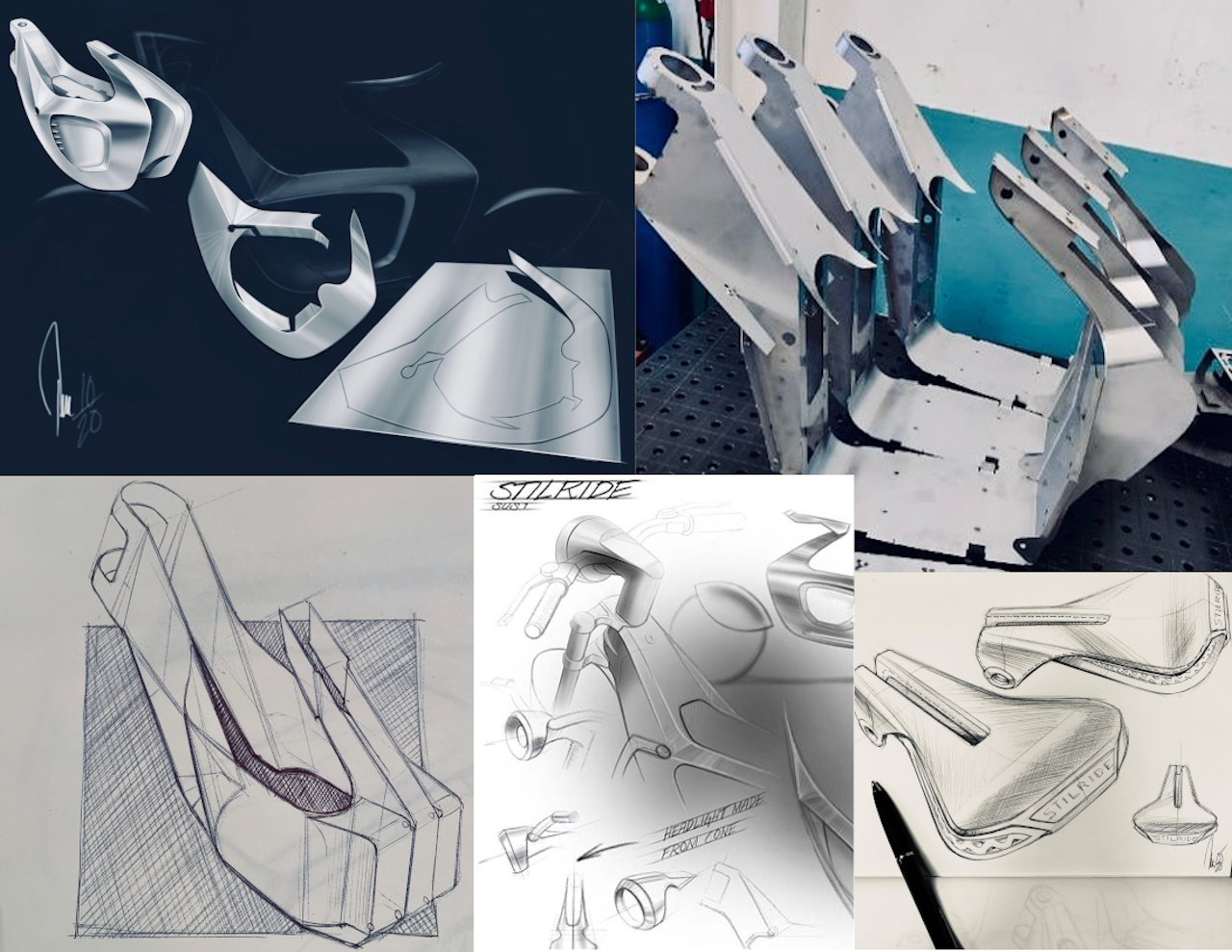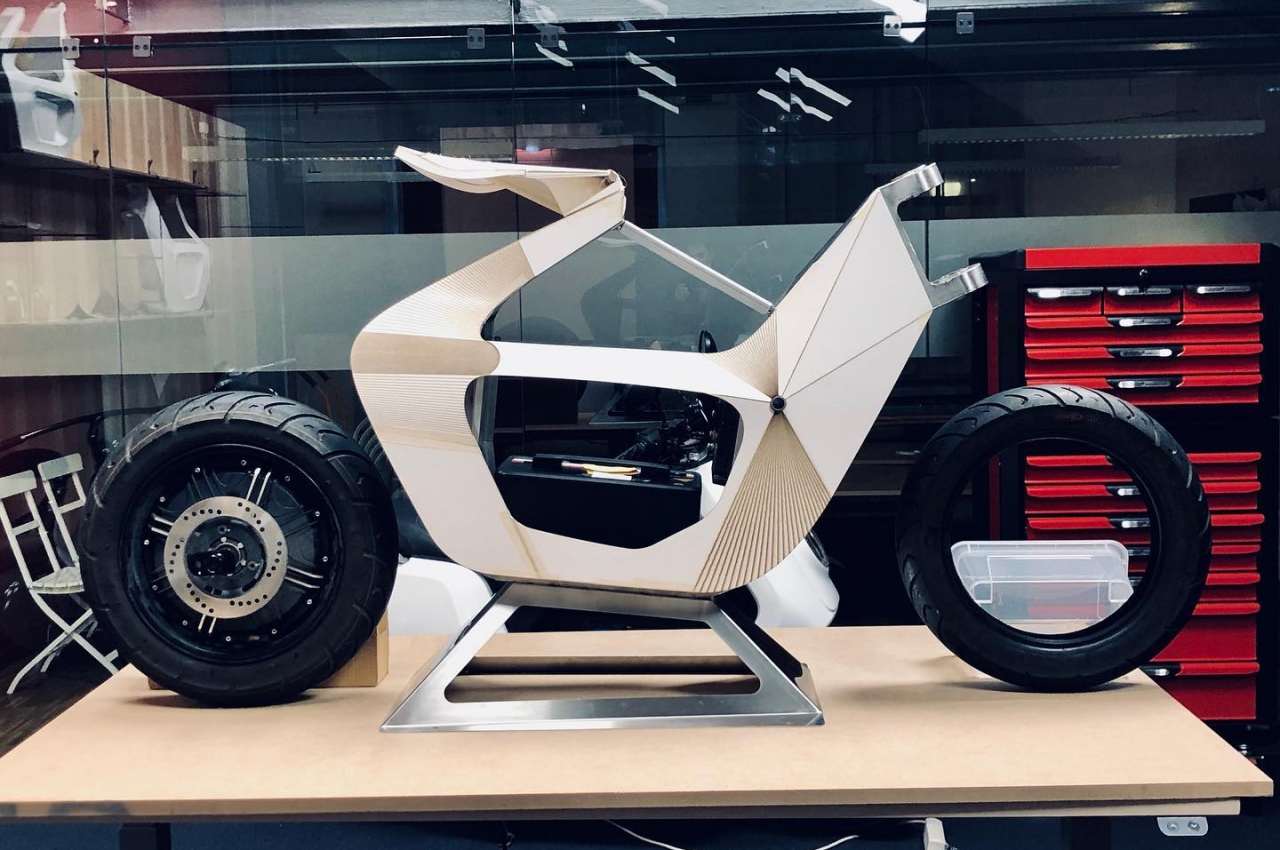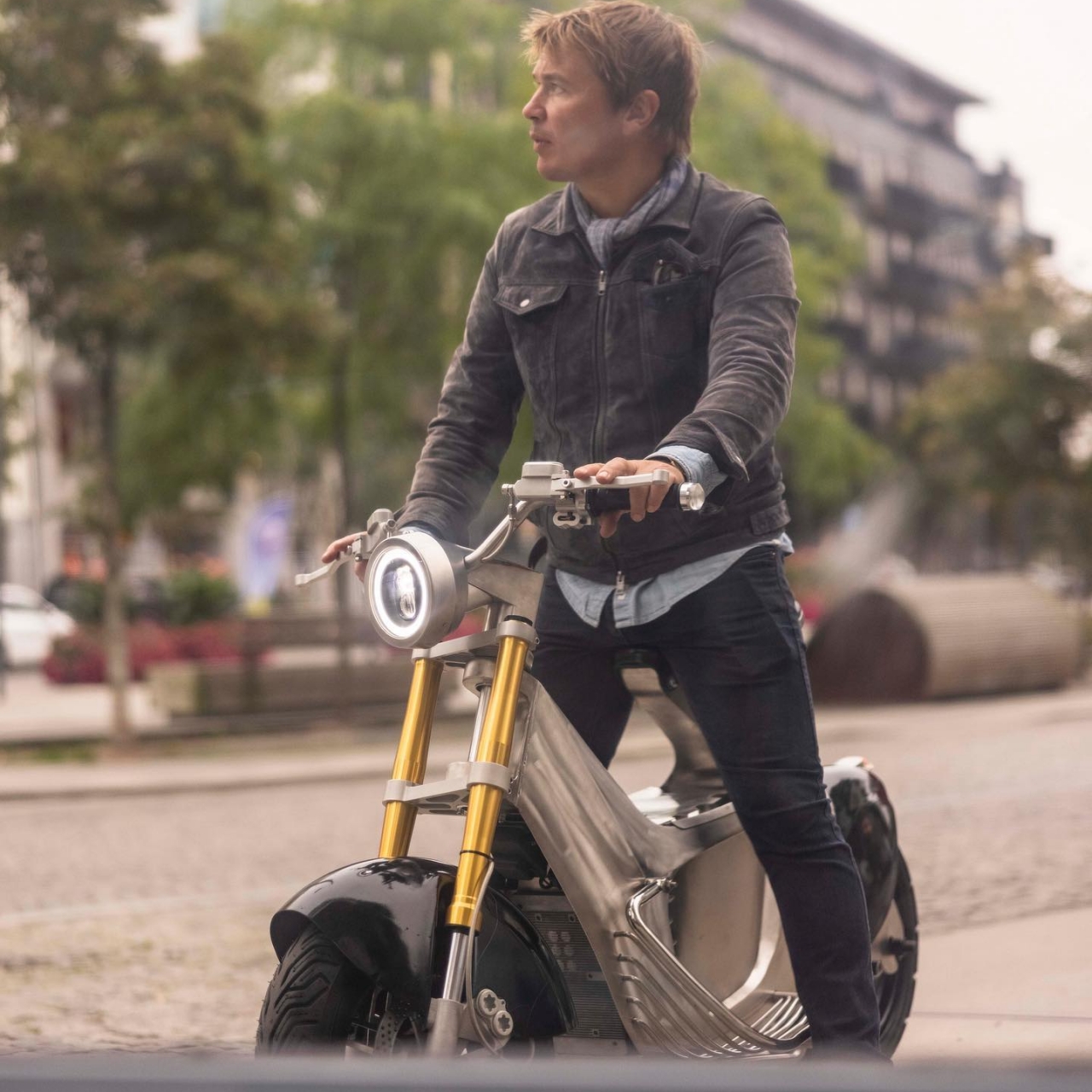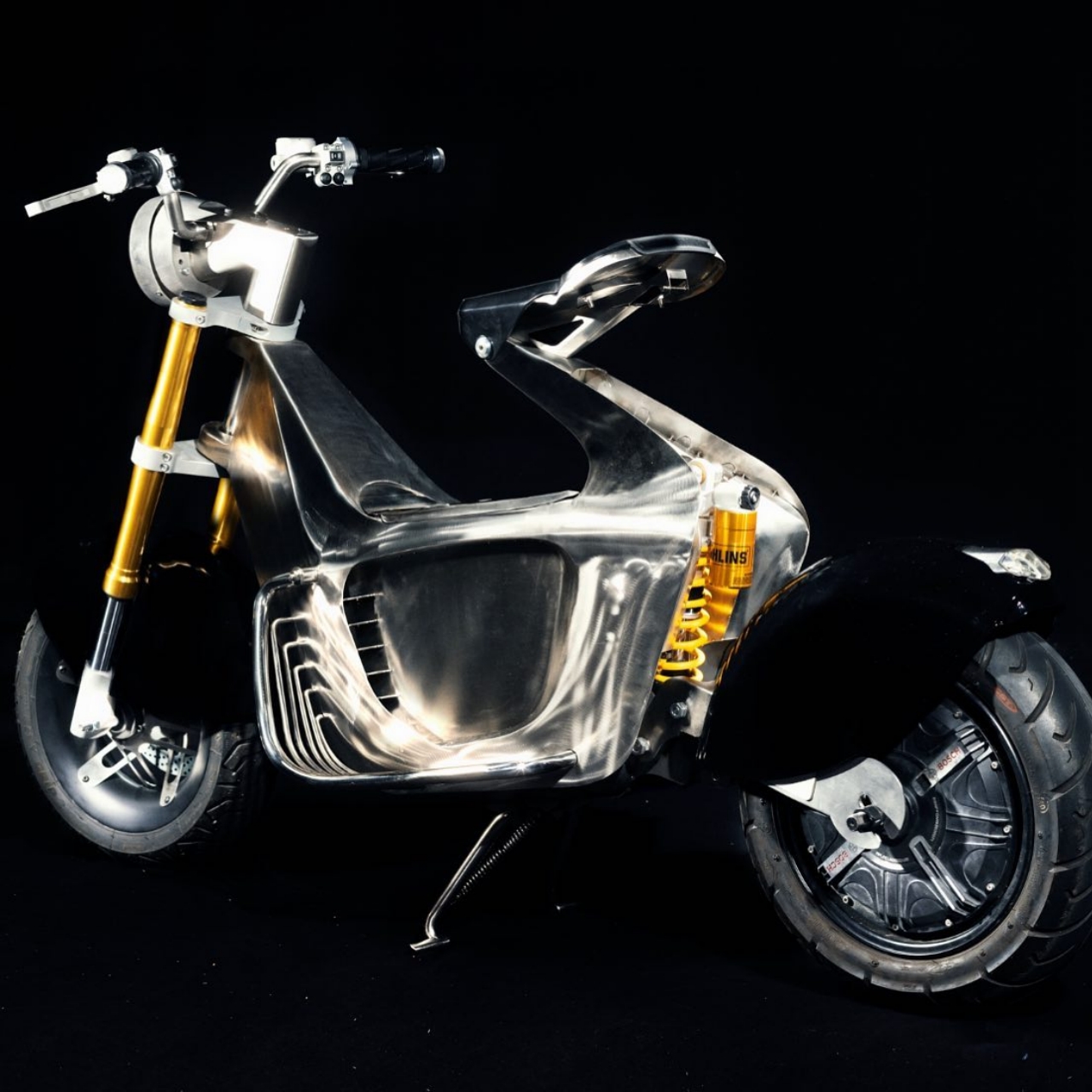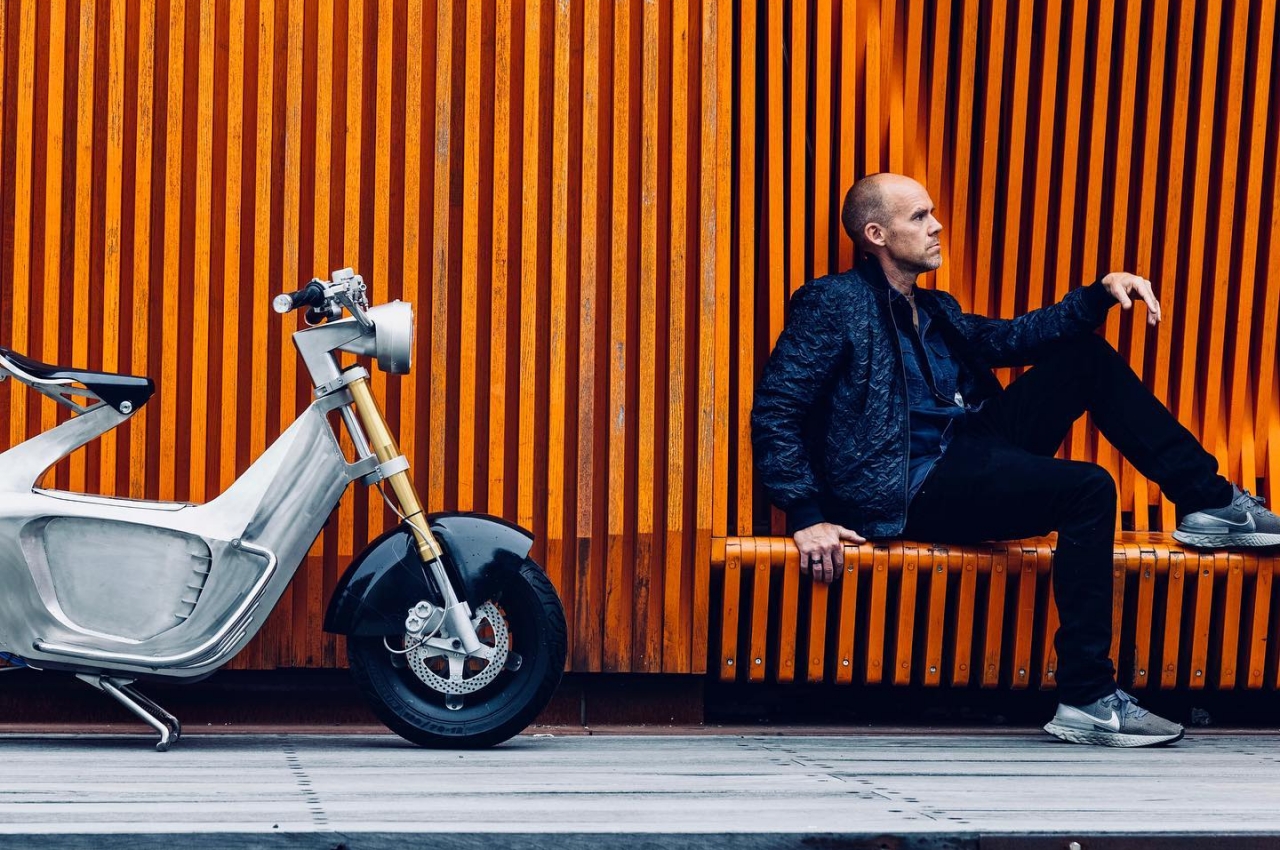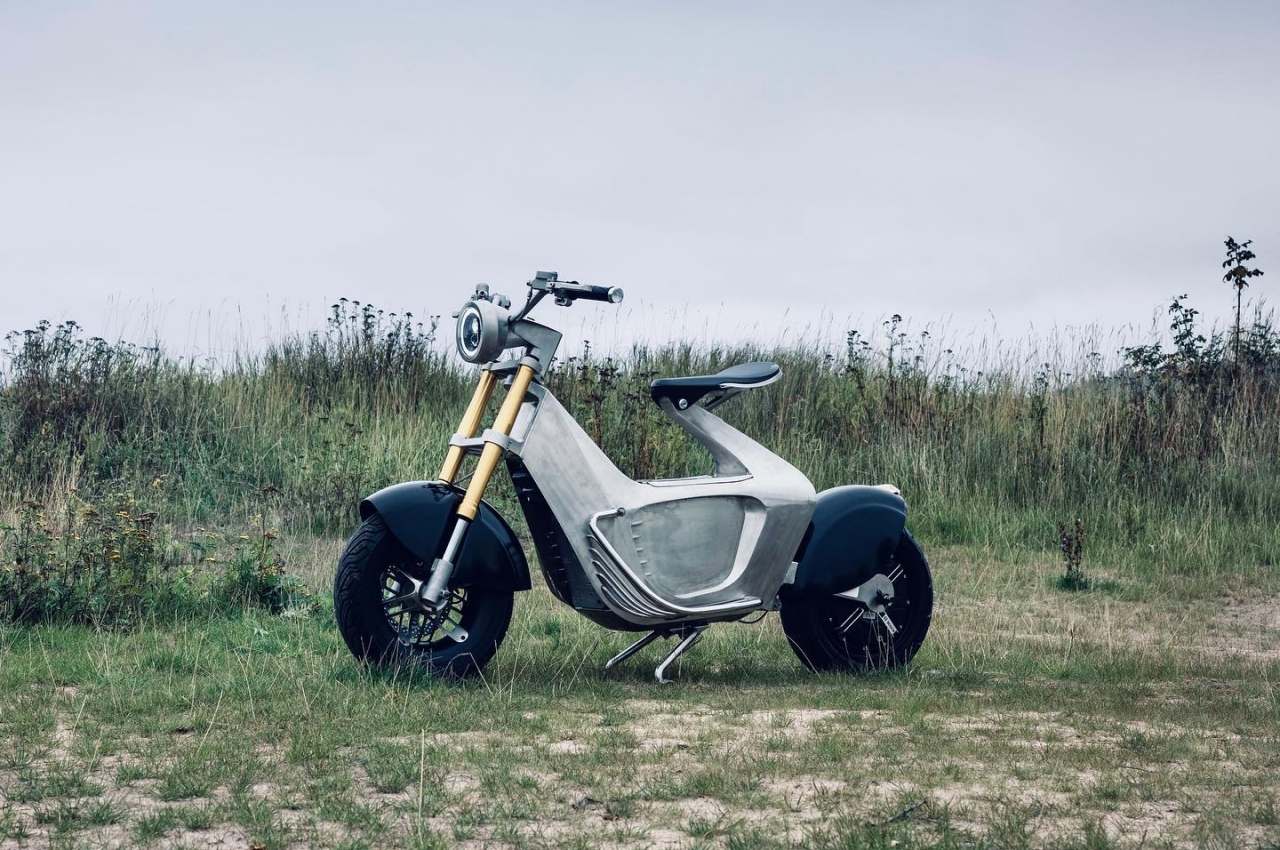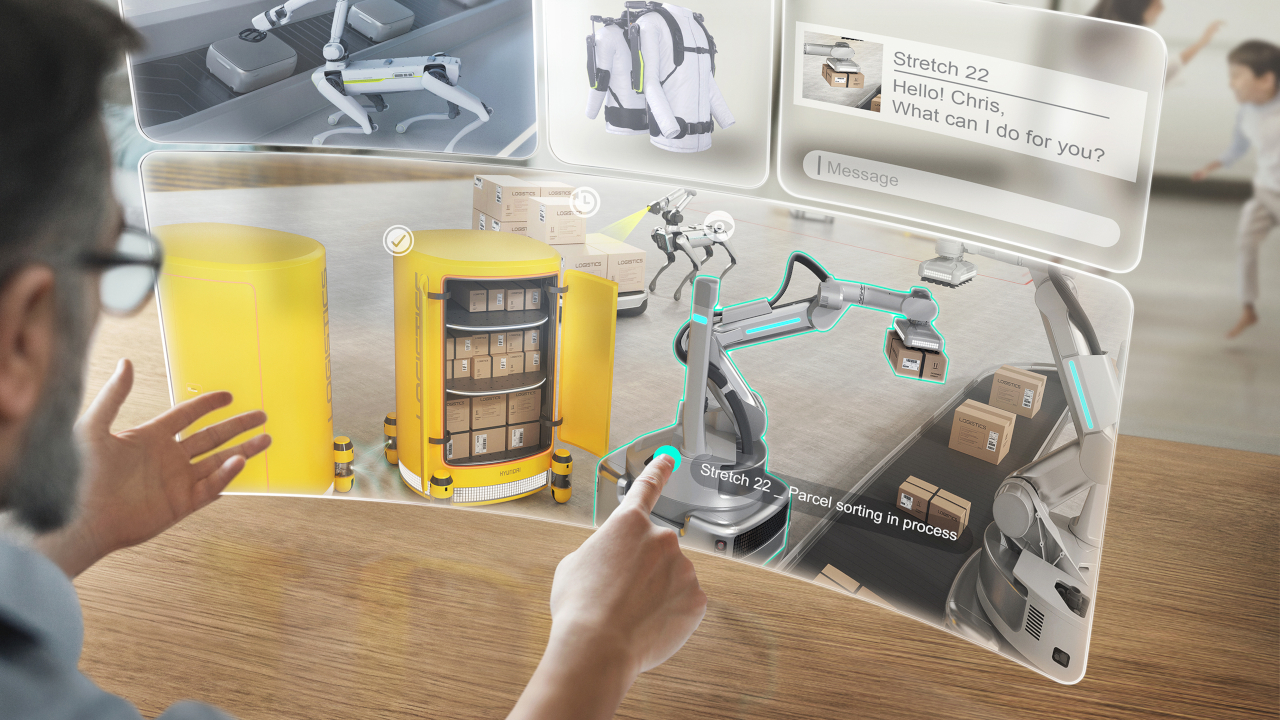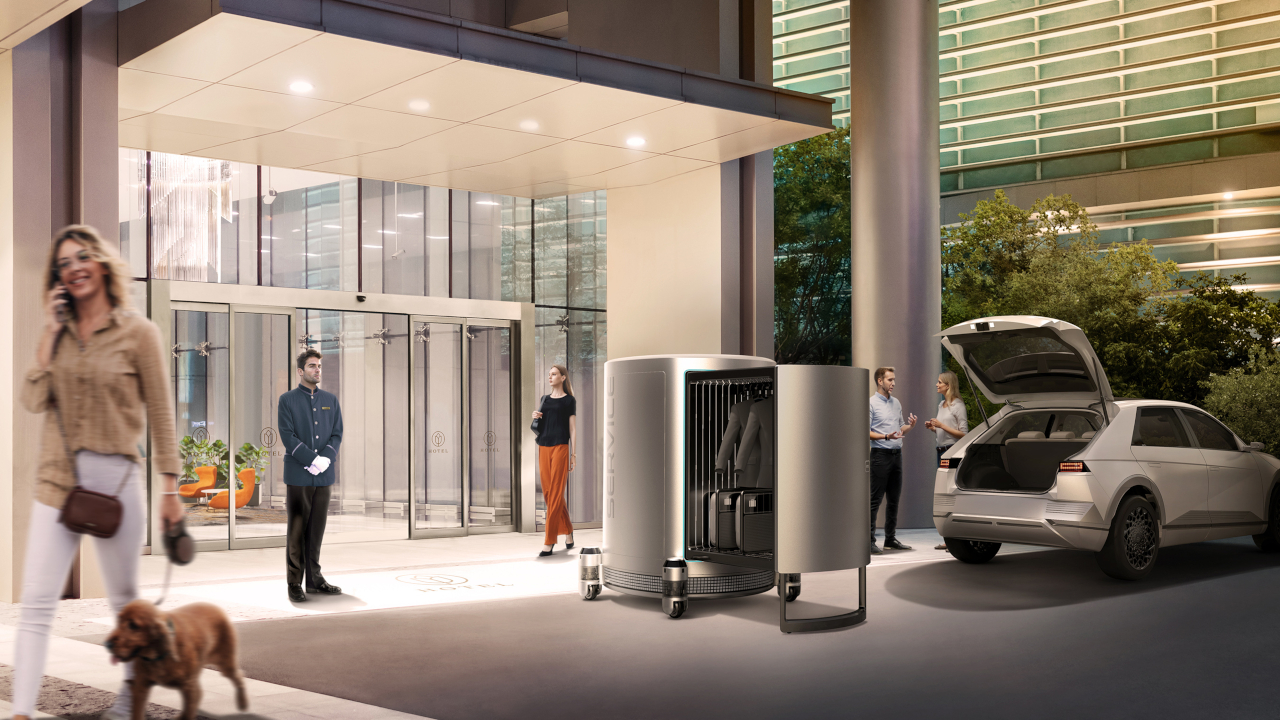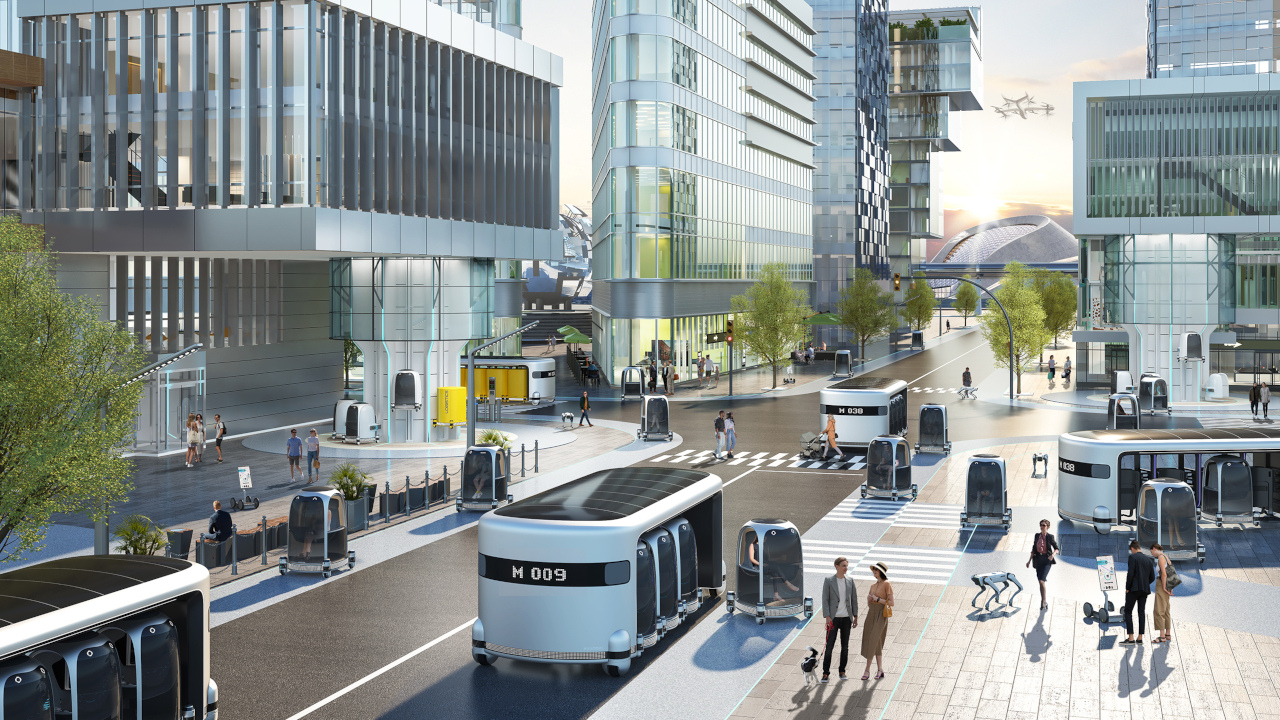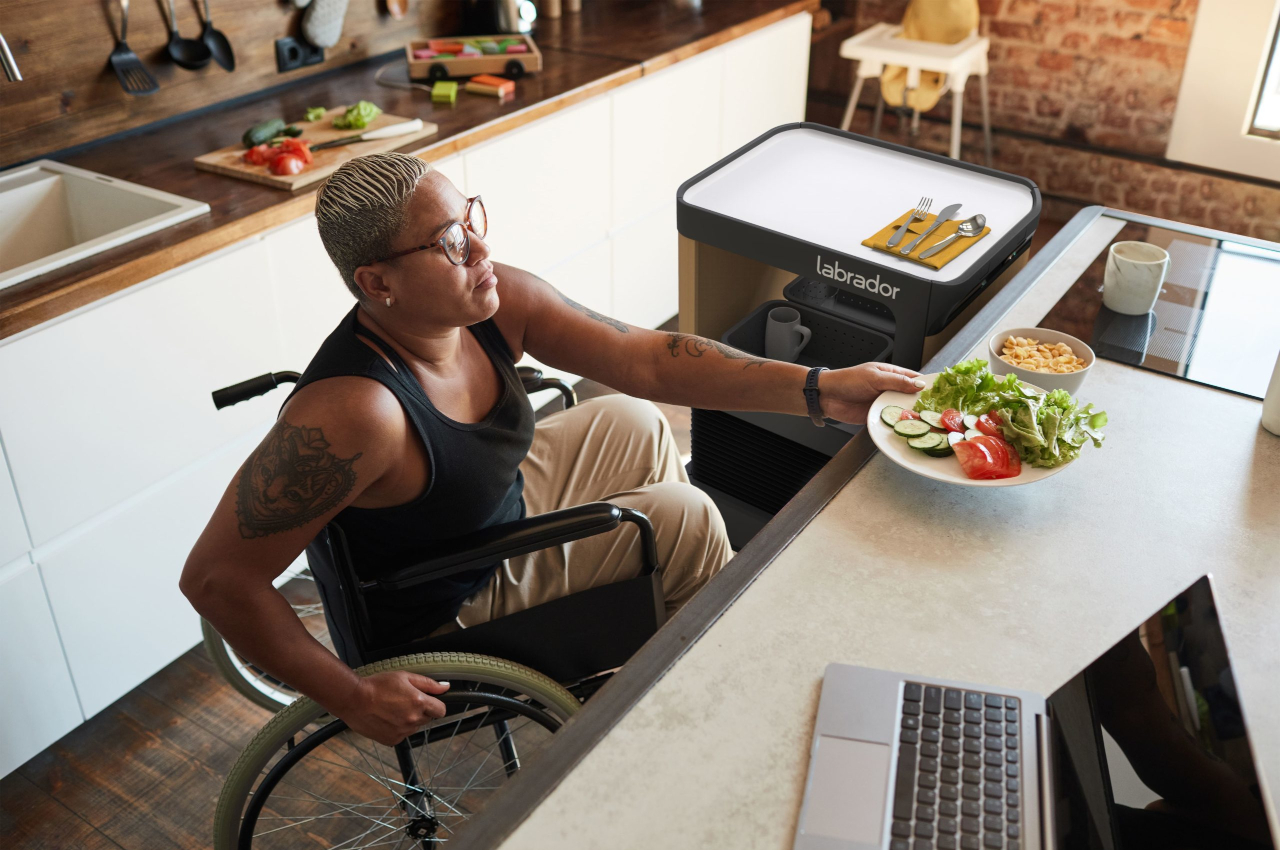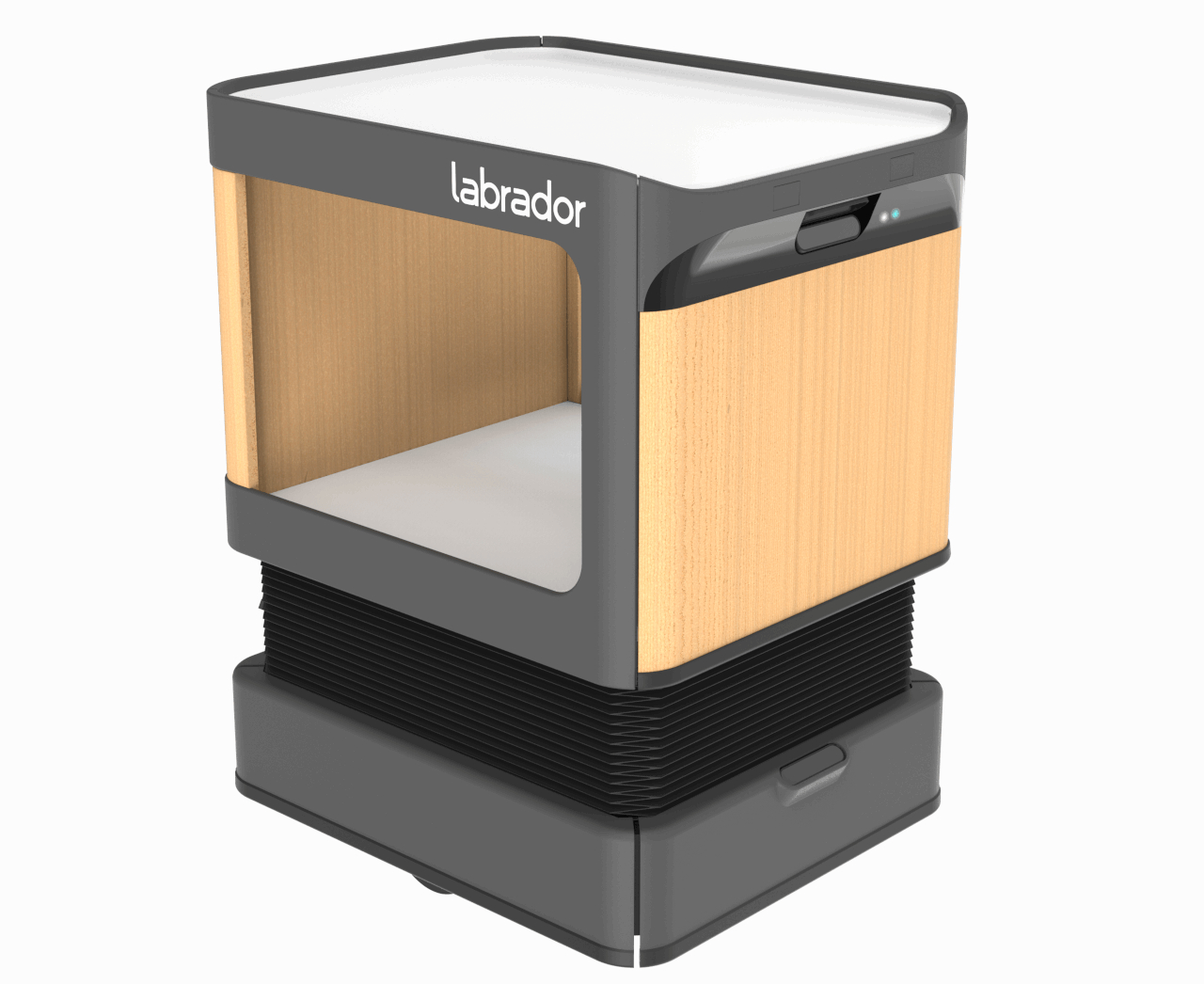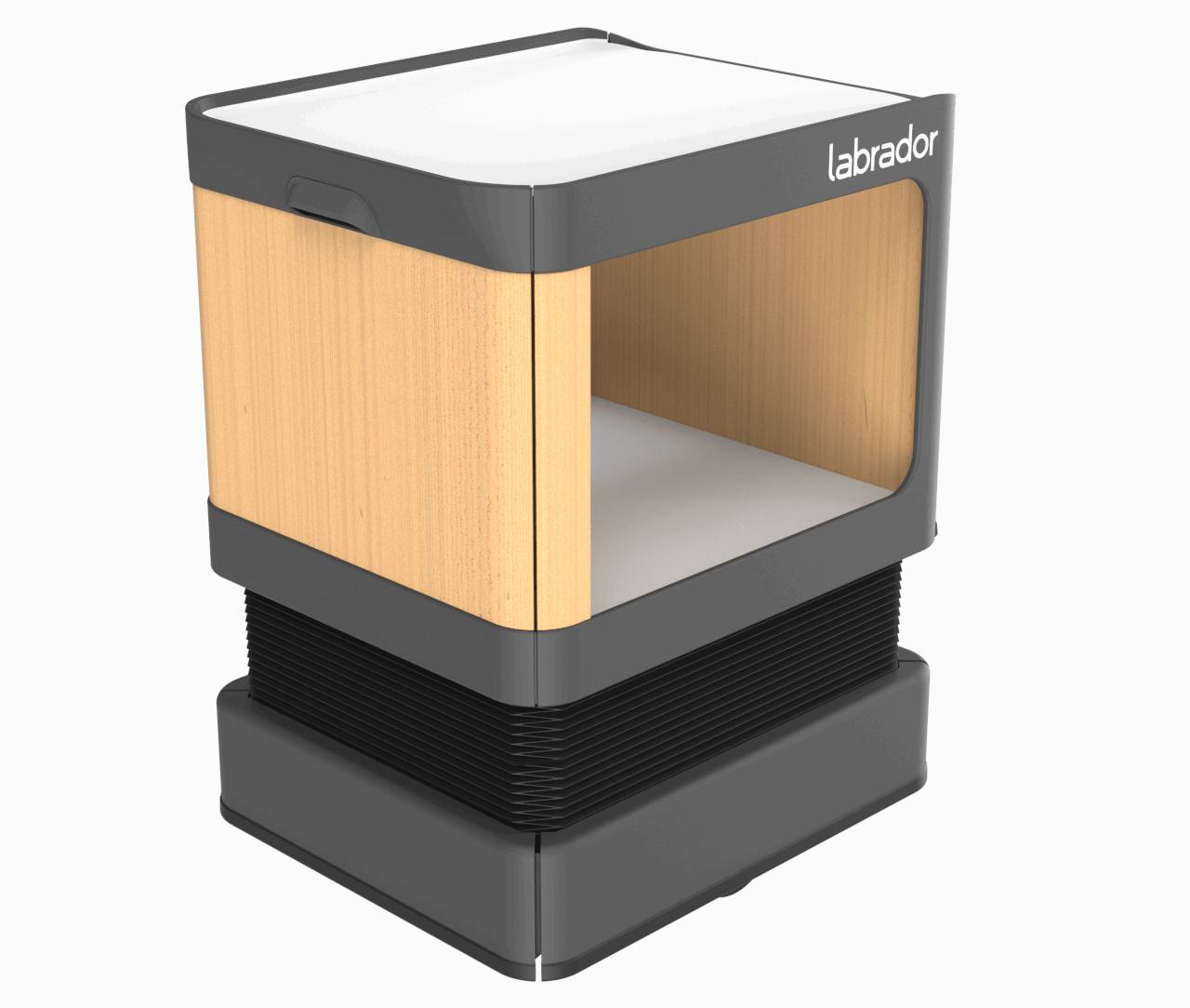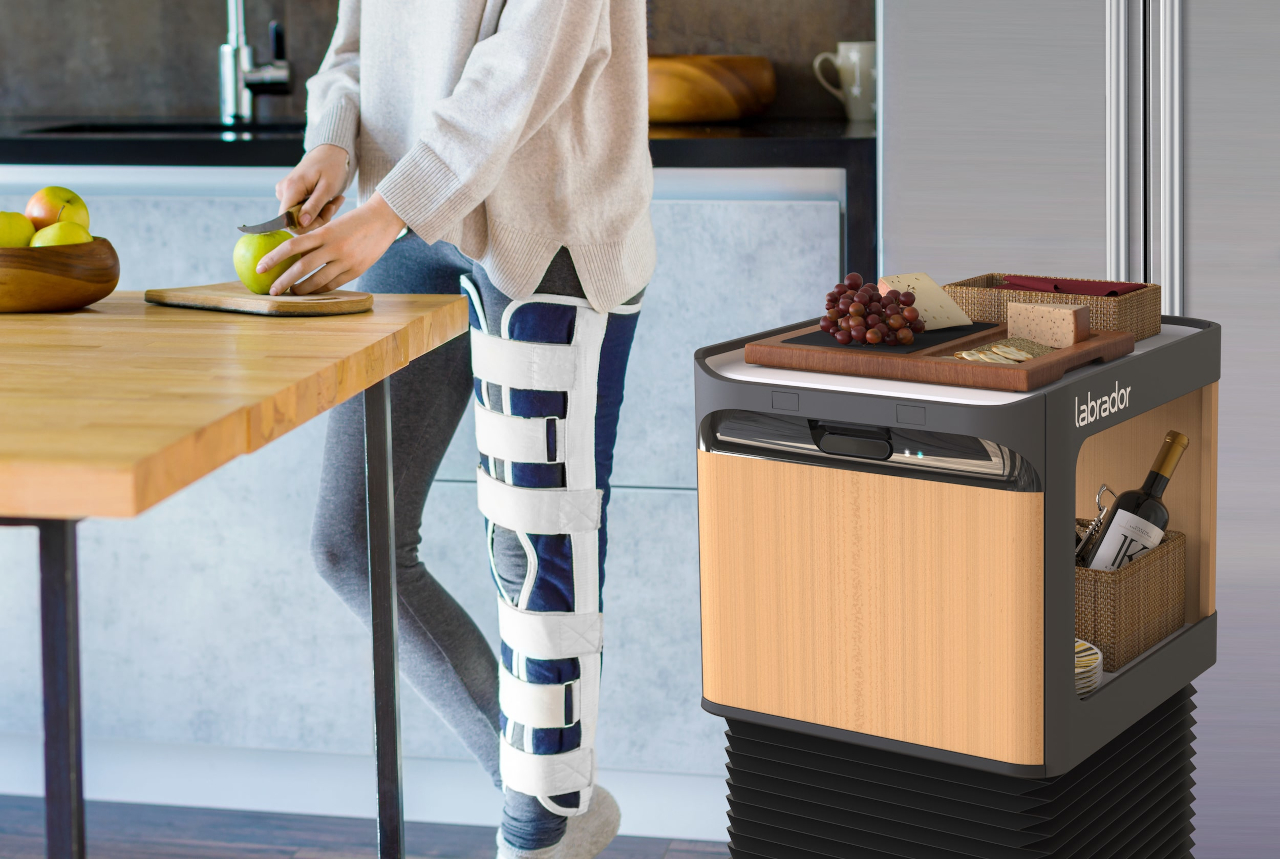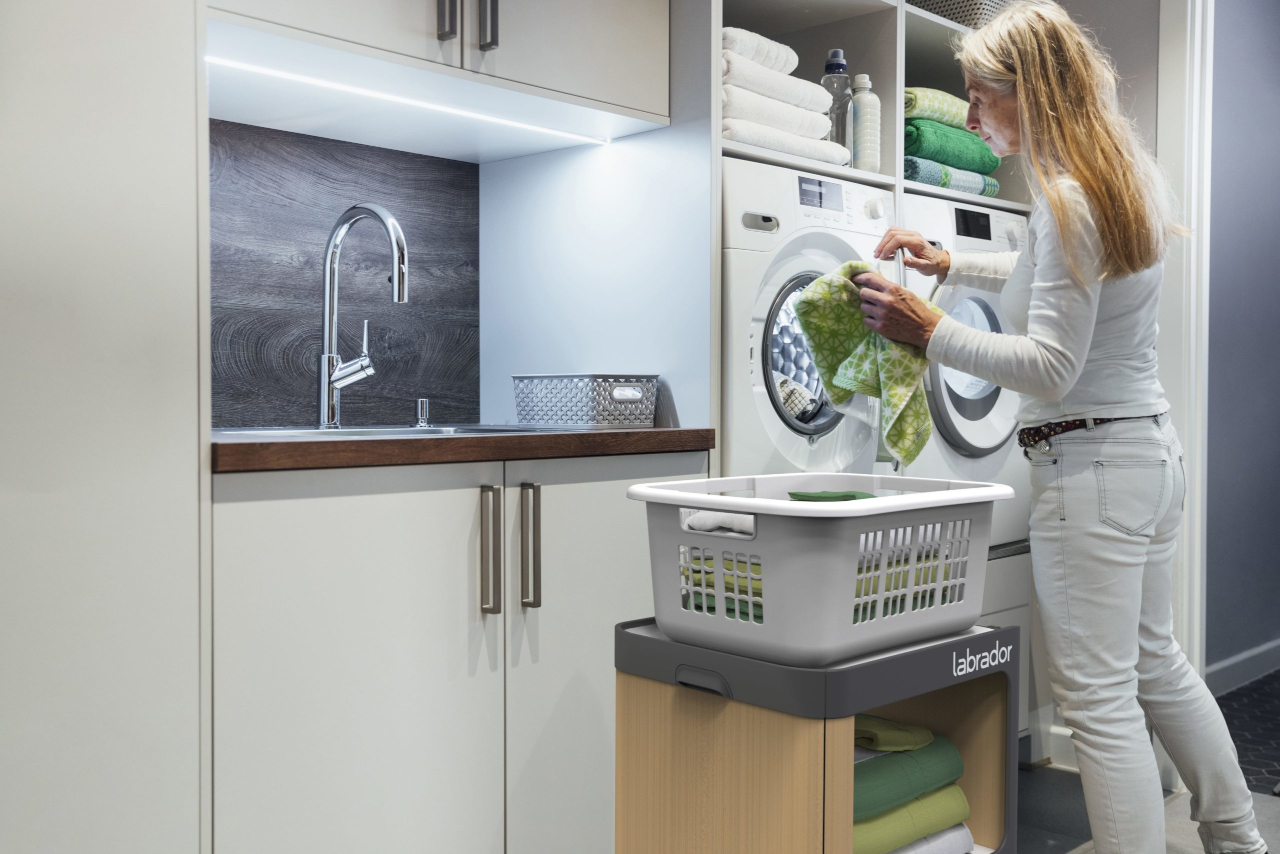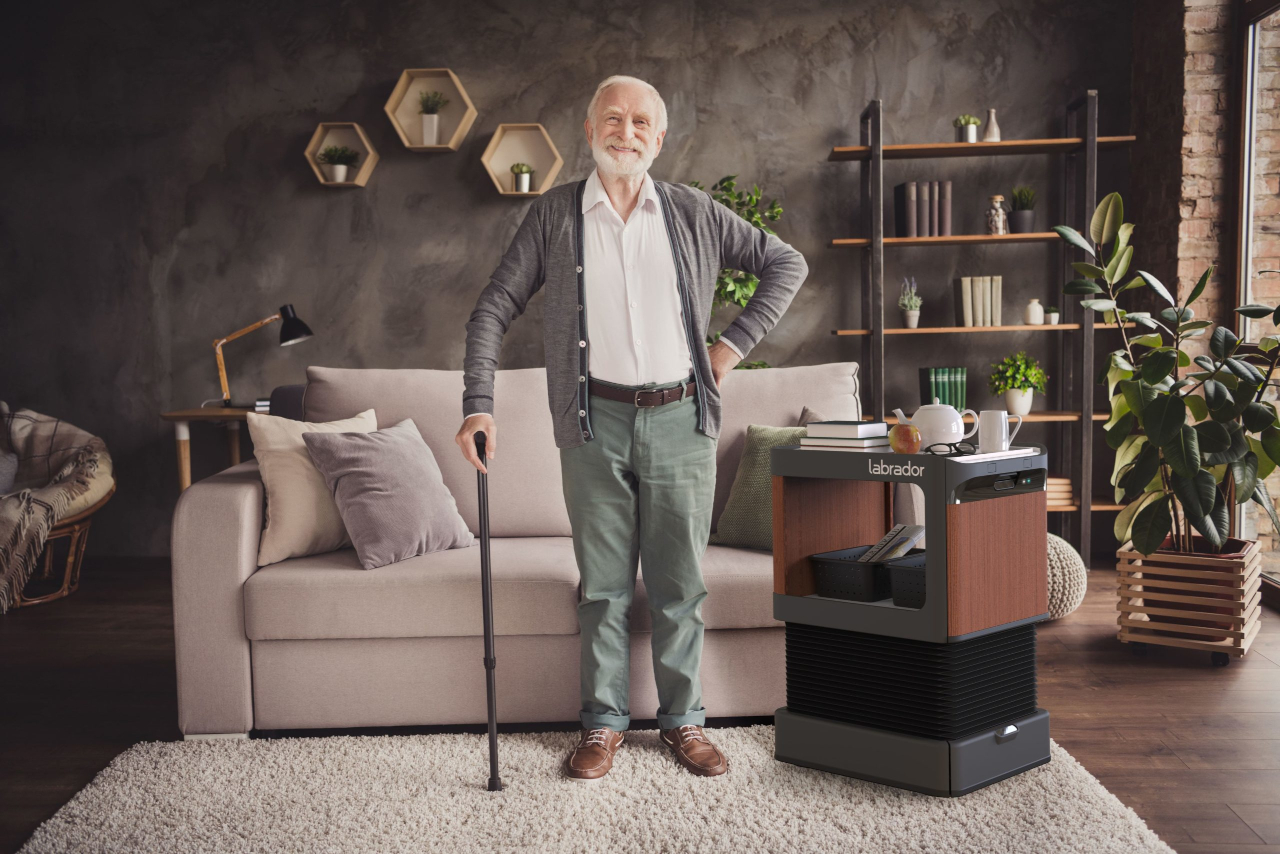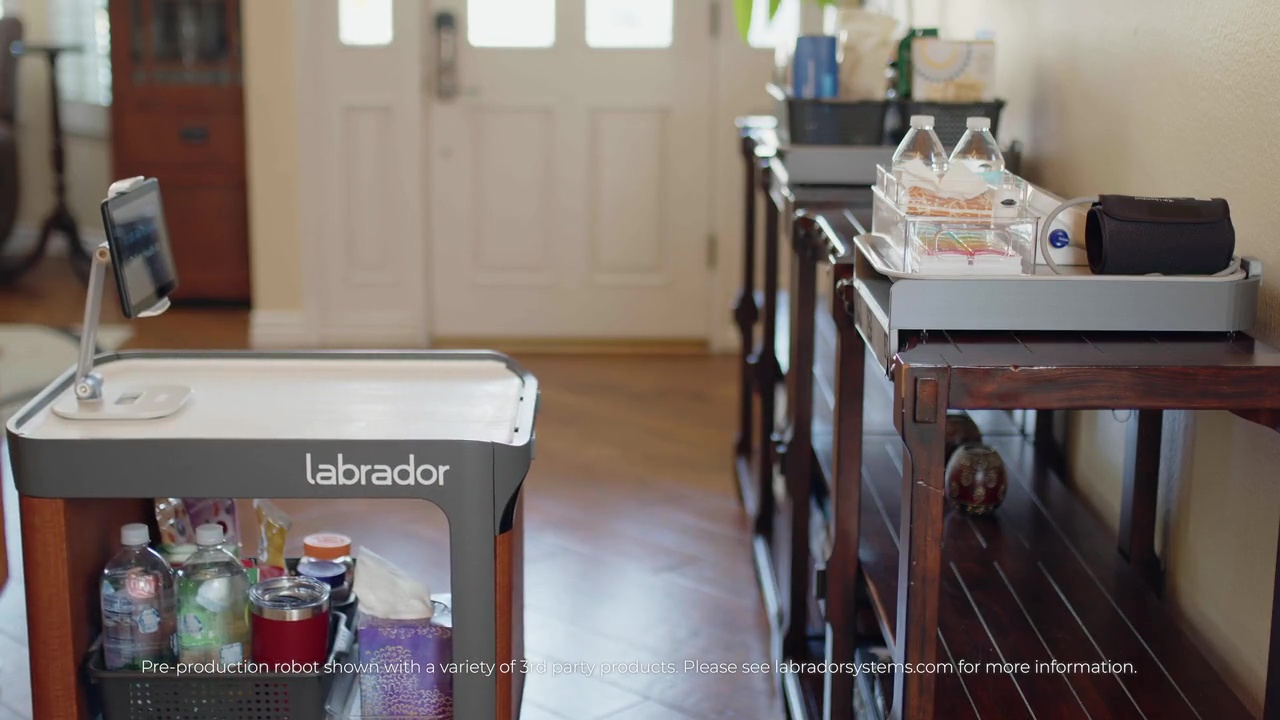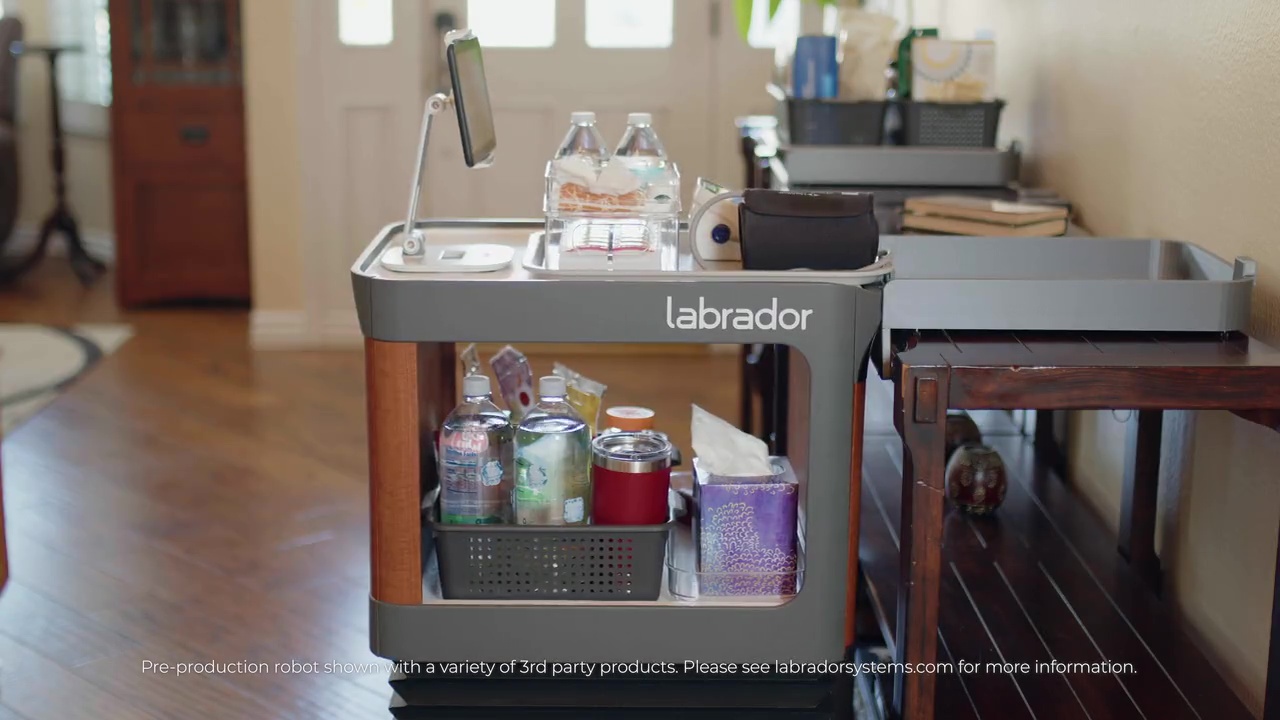When we think of robots, more of then than not, we think of them in their humanoid design or at the very least in a dog-like form. But if you’re really experimenting with this kind of technology, you can get inspired from sci-fi and futuristic movies or TV shows. You can even be inspired by something “old” that can be adapted into a high-tech design. I’m fine with more experimental kinds of robots as long as they don’t overthrow the human race.
Designer: Joohyung Kim


A professor from the Electrical & Computer Engineering department at the University of Illinois Urbana-Champaign has come up with a robot that is inspired by the monocycle and some of those fast-moving circular robots you see in sci-fi films. The Ringbot is basically a monocycle robot that has two legs inside of it that looks like someone lying inside a ring and pedaling away. While there have been wheel-leg designs previously, this is the first one that was probably inspired by monocycles and General Grievous from Star Wars’ Clone Wars series.


The large wheel is the frame of the robot itself while the legs actually help the robot to balance itself and avoid toppling over. There are actually two indepent driving modules inside of it and each one controls its velocity so it can track a desired orientation. It can go around with the legs in the air steering and balancing it. When it does fall down, the legs will enable it to stand back up. It is also able to move and turn when stuck in tight spaces. It is able to make full rotations inside the wheel and drive it up to 5km/hour.


For now the Ringbot seems to just be something they are experimenting with. But in the future, they are looking at this robot to do autonomous last-mile deliveries in congested environments. They will be adding two additional limbs so it can carry packages and even go up and down stairs and rough terrains. Who knows, in the future you’ll get your package delivered by this monocyle robot with legs.

The post Monocycle robot with legs may be last-mile delivery helper in the future first appeared on Yanko Design.
























